United Kingdom - 2018
In August - September 2018 we went on the Operatif Music-Lovers 4-week tour of England and Wales.
(Melbourne - Dubai - Heathrow - Bath - Devon - Cardiff - Aberystwyth - Llandudno - Evesham - London - Dubai - Melbourne)
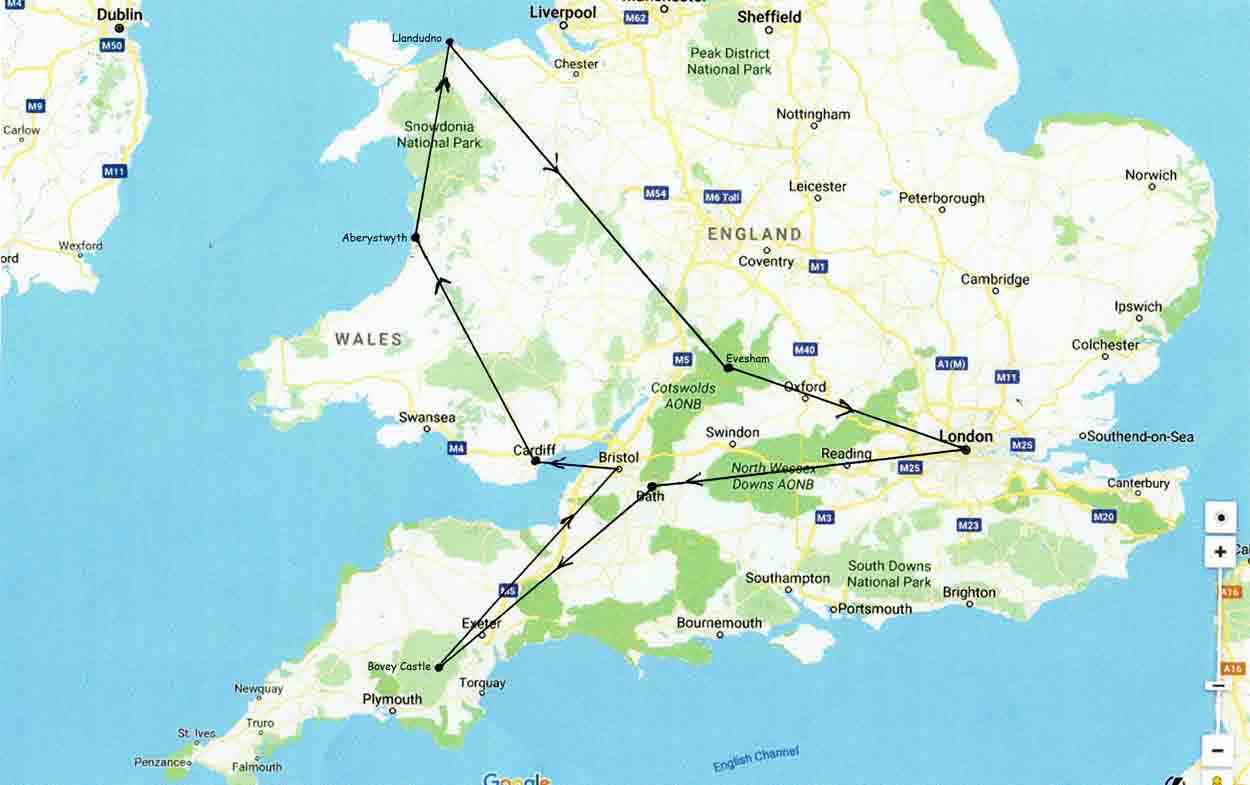
From Dubai we flew to Heathrow and then were bussed to Bath.
The Roman Baths at Bath.
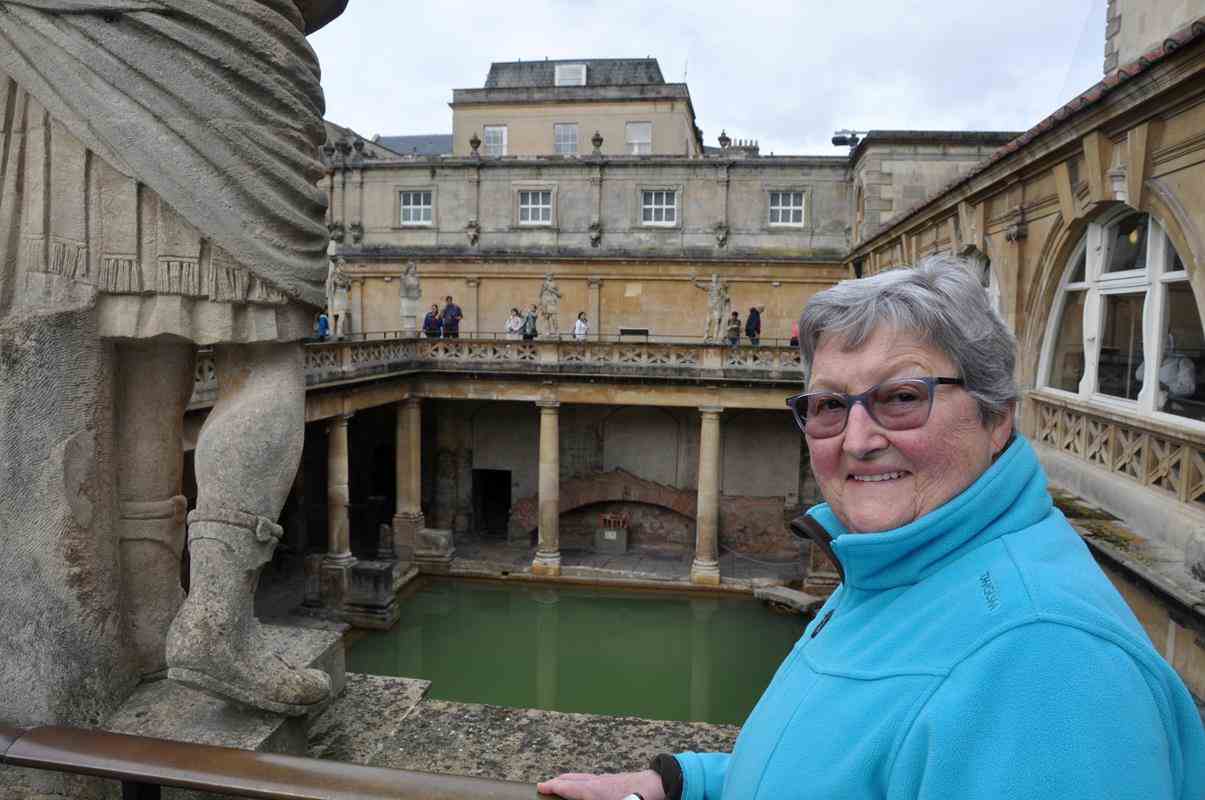
Morning tea in the elaborate Pump Room at the baths.
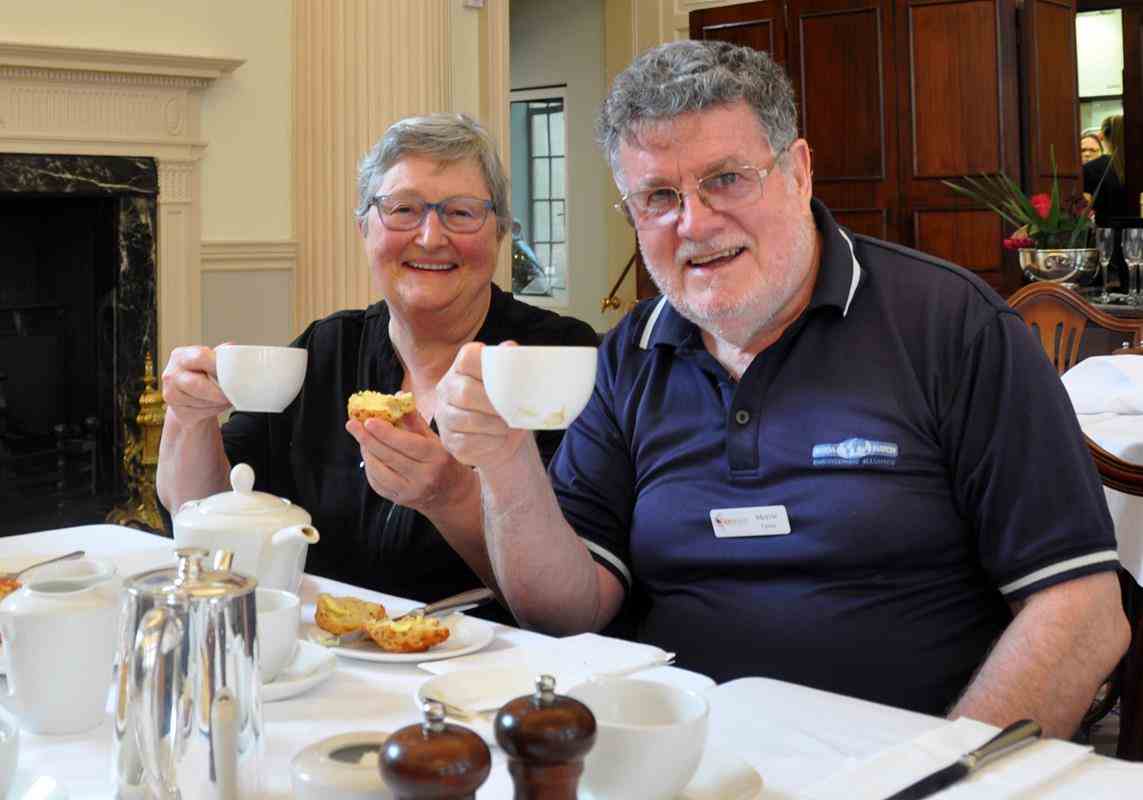
Romans, Goddesses and Owls
The Roman Baths Temple, built in the 1st century AD, was dedicated to the Roman goddess Minerva, whose animal symbol was the owl of wisdom.
The temple was also dedicated to the local Celtic goddess Sulis. The Roman and Celtic goddesses were then combined to create the unique Bath goddess, Sulis Minerva.
Minerva was the Roman goddess of wisdom, healing and the arts and was linked to the Ancient Greek goddess Athena, whose sacred animal was also an owl.
The Minerva/Athena owl is thought to have been a Little Owl, one of the smallest and most charismatic of the species, still known by its Latin name, Athene Noctua.
The Little Owl was introduced to Britain in the 1880s and can be found living around Bath and the surrounding area.
Unfortunately, Little Owls have decreased by over 60% in recent years.
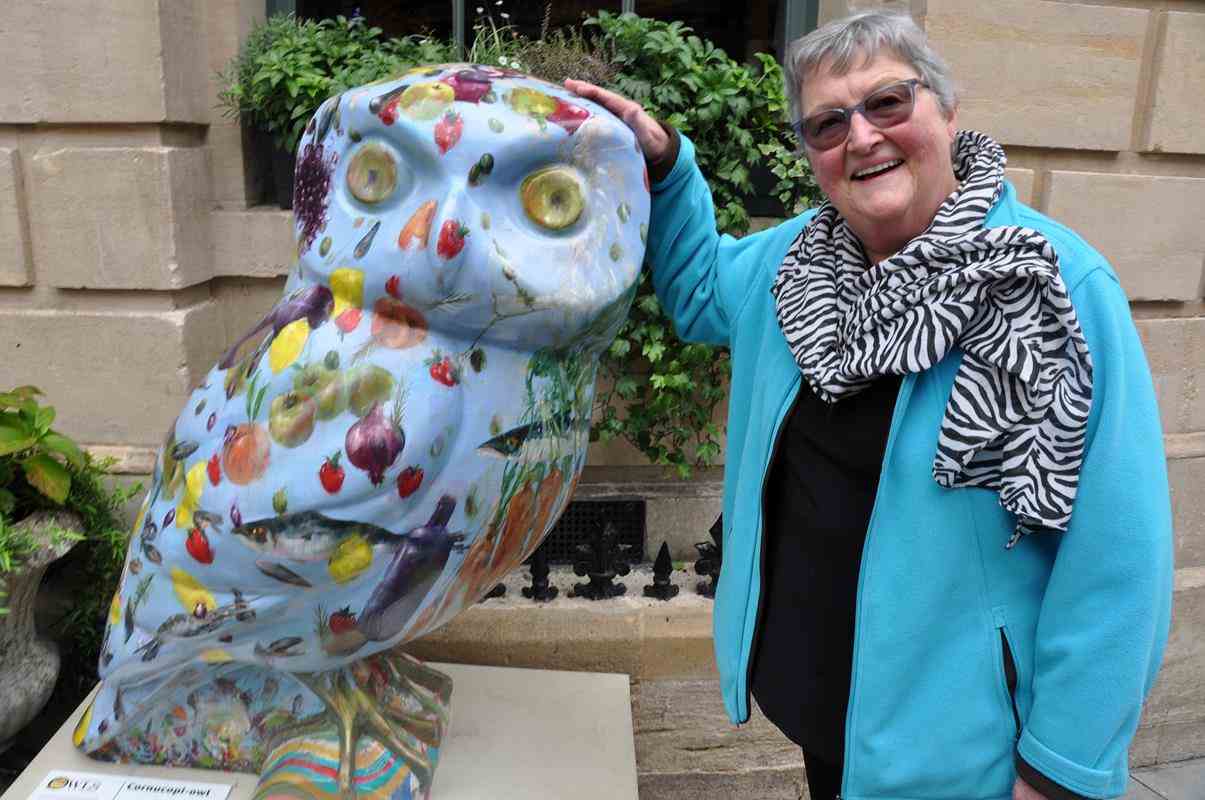
The Circus, completed in 1768, in Bath.
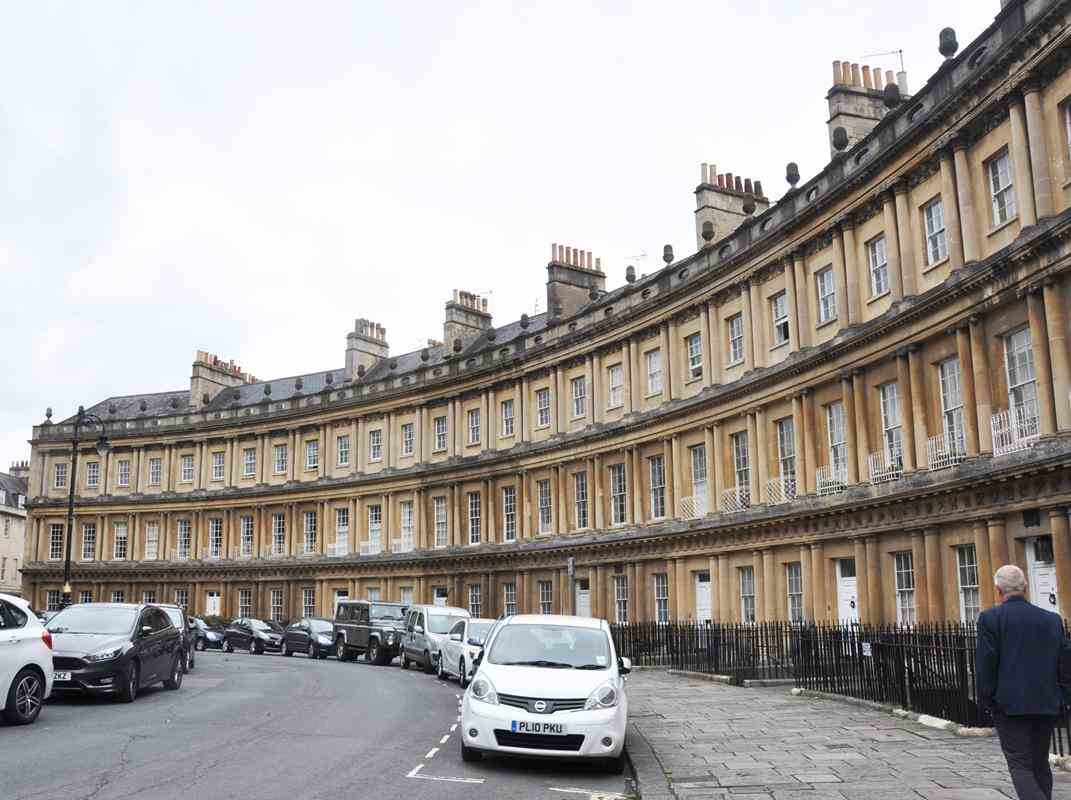
Royal Cresent, completed in 1774, in Bath.

Highclere Castle was a filming location for the period drama series, Downton Abbey.
While there have been houses on the site since the 9th century, the current building was largely rebuilt for the third Earl of Carnarvon
following a design by Sir Charles Barry in 1839–1842, during his construction of the British Houses of Parliament.
It is in the Jacobethan style and faced in Bath stone
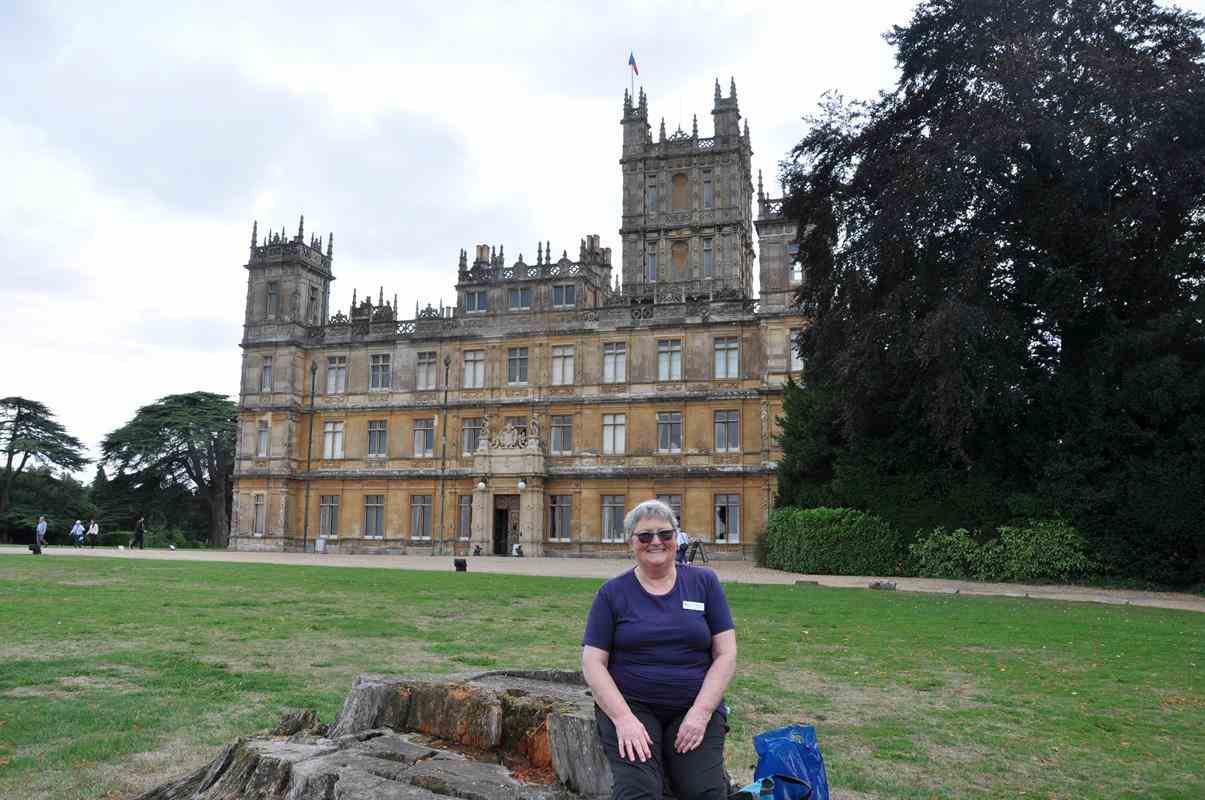
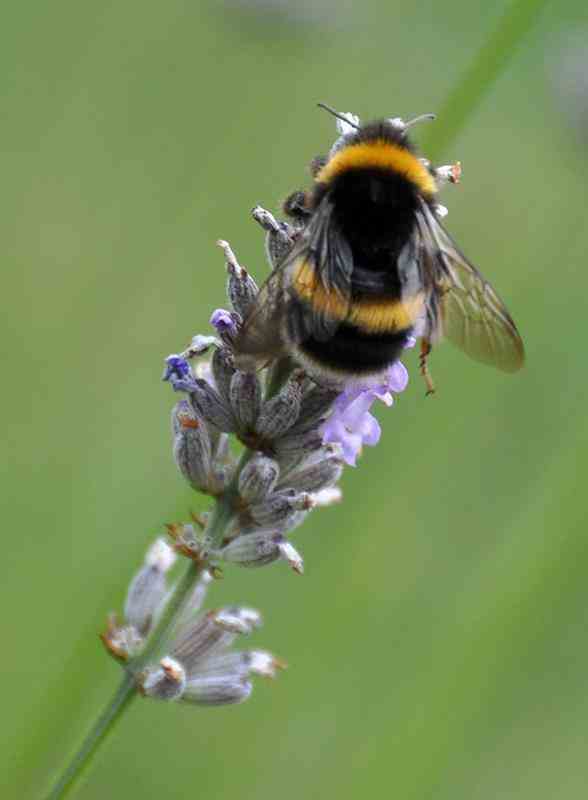
Avebury Stone Circles
Avebury is a Neolithic henge monument containing three stone circles, around the village of Avebury in Wiltshire, in southwest England.
Constructed over several hundred years in the Third Millennium BC, during the Neolithic, or New Stone Age, the monument comprises
a large henge (a bank and a ditch) with a large outer stone circle and two separate smaller stone circles situated inside the centre of the monument.
Its original purpose is unknown, although archaeologists believe that it was most likely used for some form of ritual or ceremony.
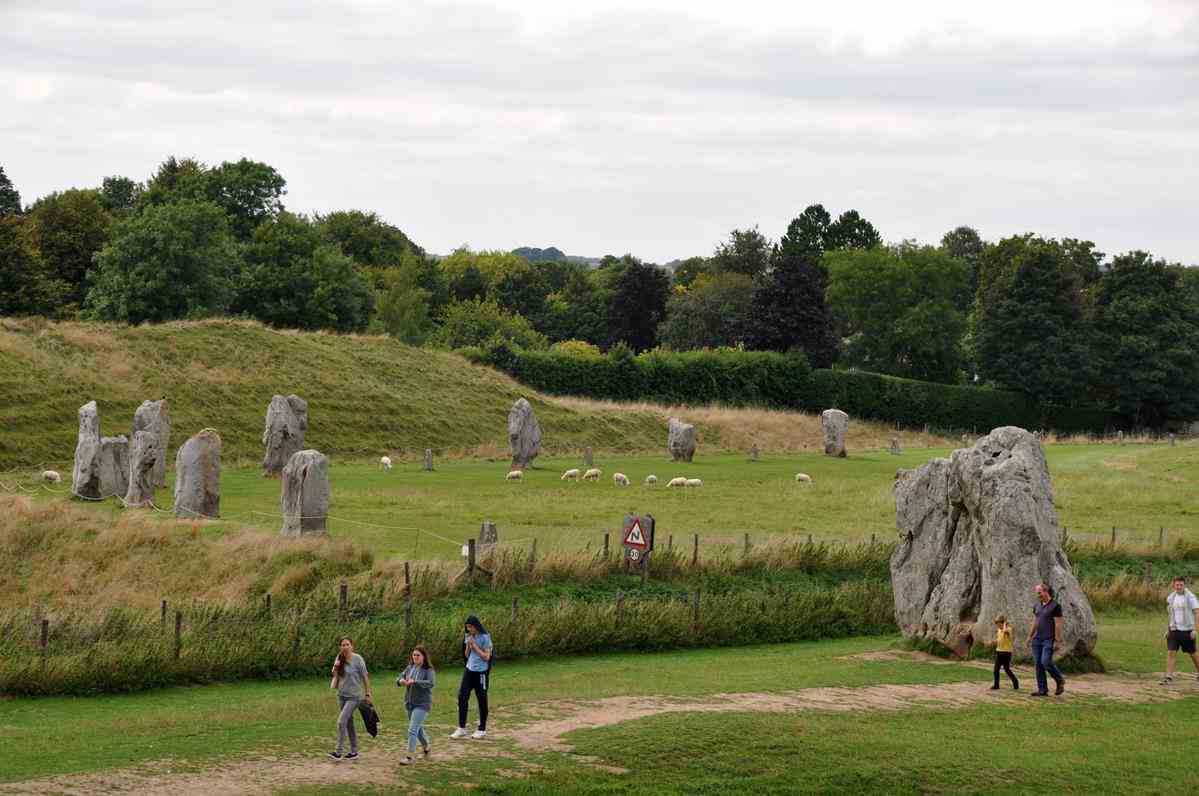
Salisbury Cathedral
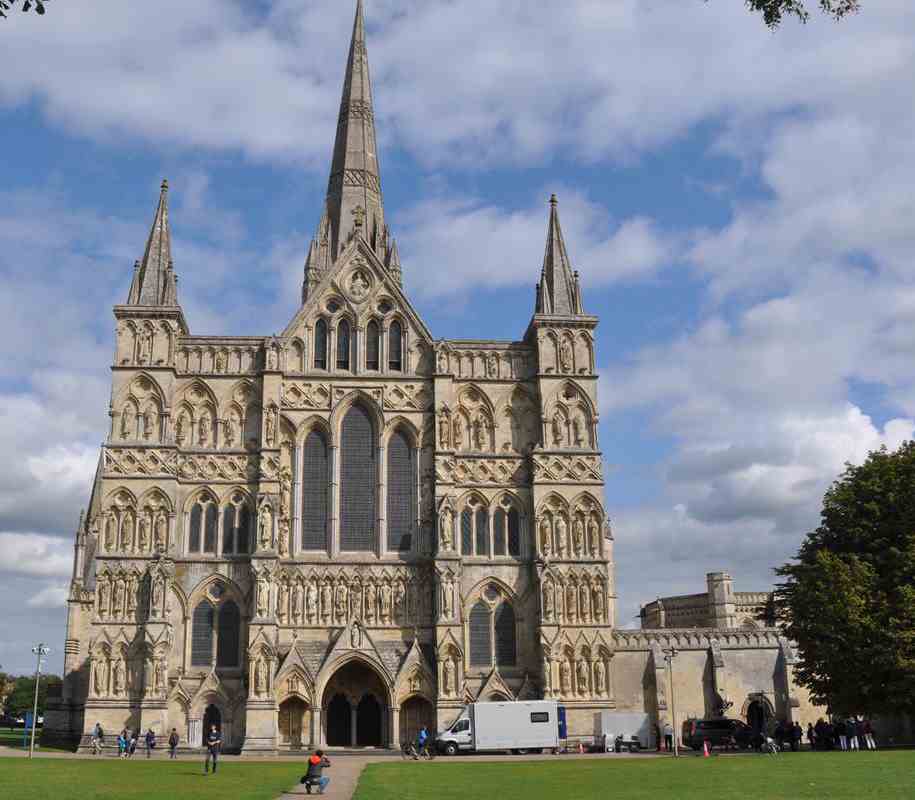
Bovey Castle
Operatif accommodated us in this luxurious "5-star" hotel on the edge of Dartmoor National Park in Devon for 4 nights.
It was originally built in the 1890s as one the country retreats of the son of William Henry Smith.
W H Smith was the founder of a massive chain of stationery-confectionary, and now convenience, stores.
There is a W H Smith shop in nearly every major airport and railway station in the world.
After major refurbishment in 2008 the "castle" was given 5-star status by the Automobile Association (of Great Britain).
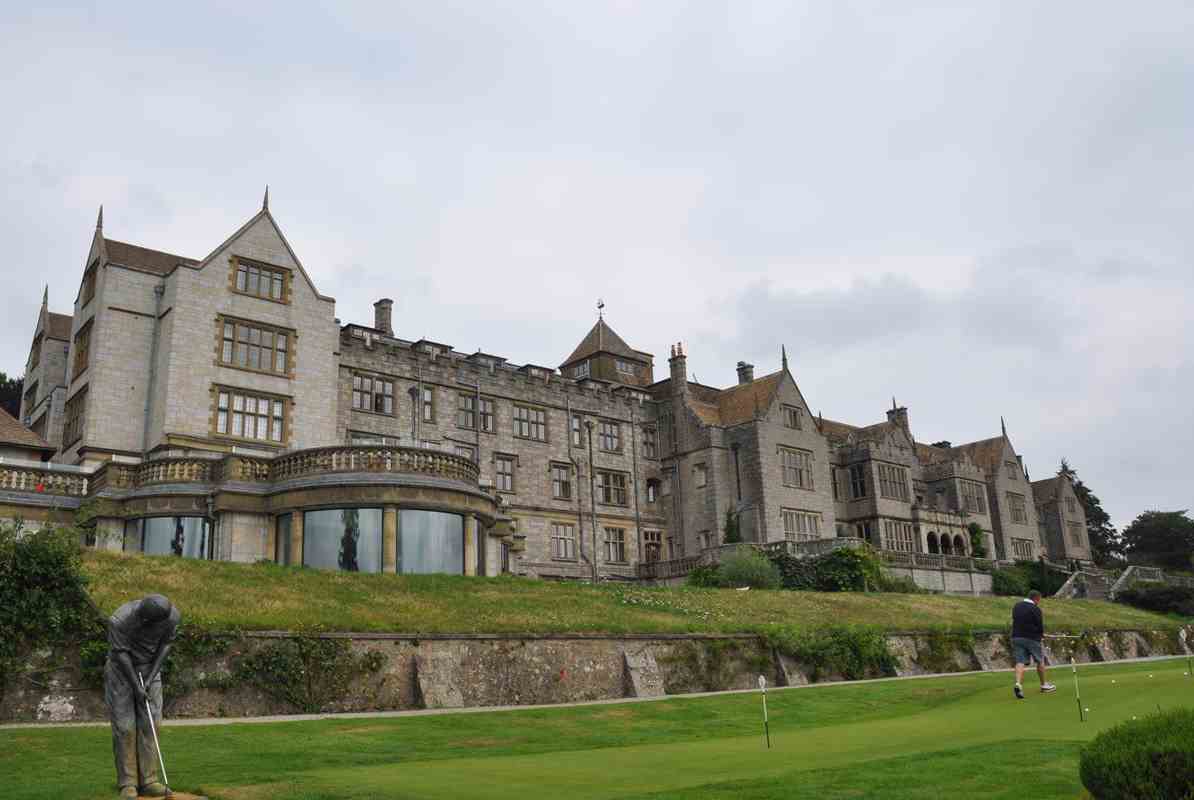

Port Isaac
This small and picturesque fishing village on the Atlantic coast of north Cornwall village served as backdrop to the television series Doc Martin,
where it was called Portwenn.
Outside Doc Martin's surgery.

Clifton Suspension Bridge - Bristol
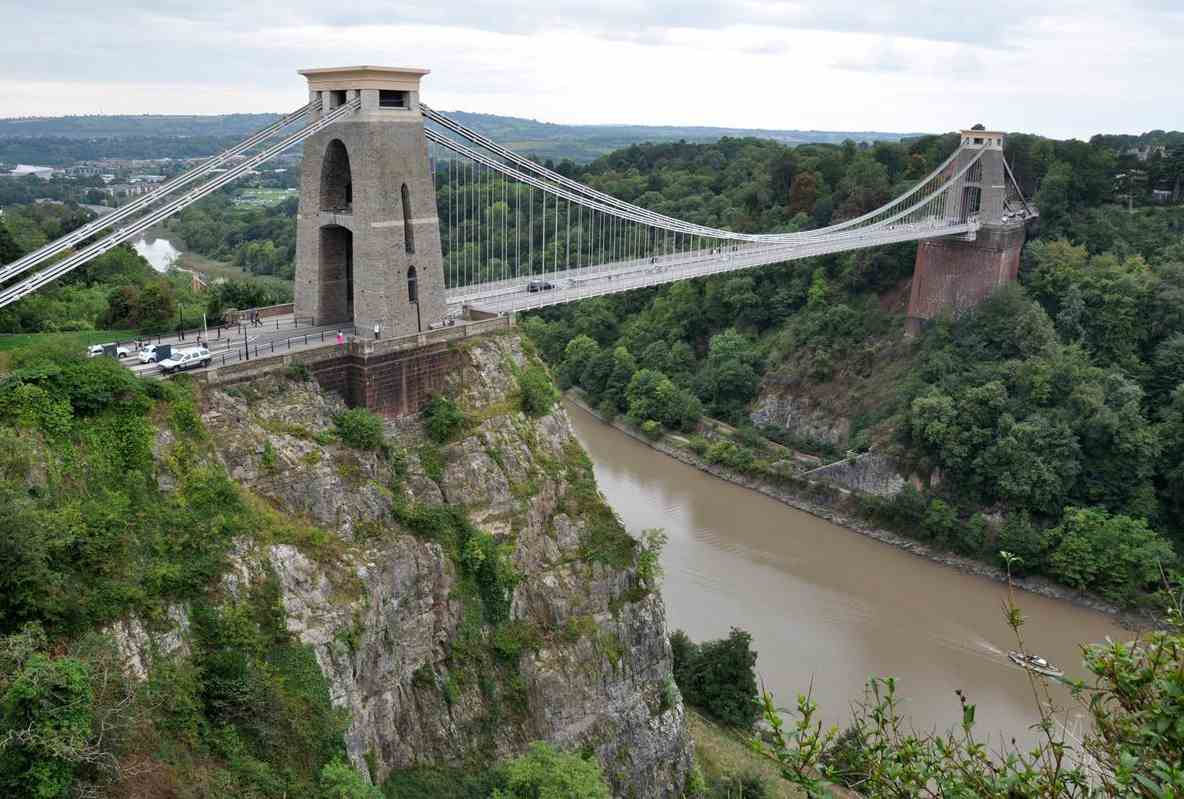
Tintern Abbey ruins
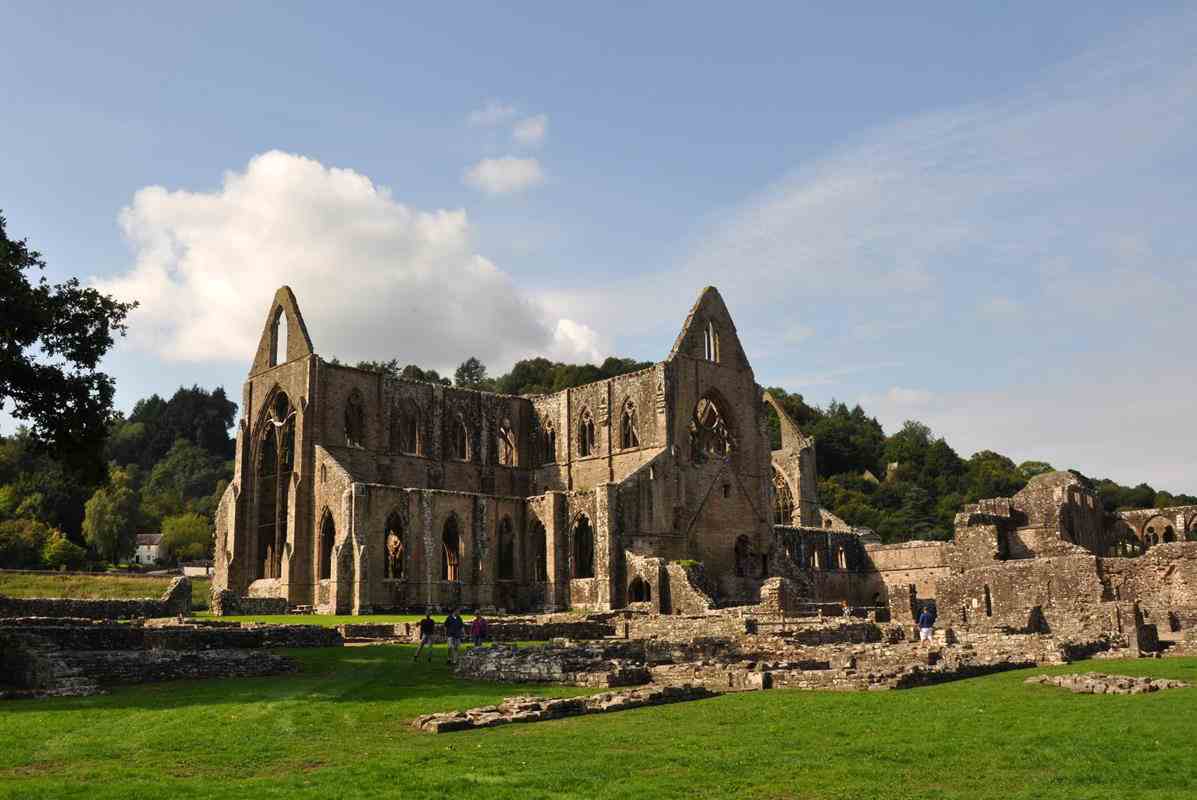
Thatched stone huts at St. Fagans National Museum of History near Cardiff.
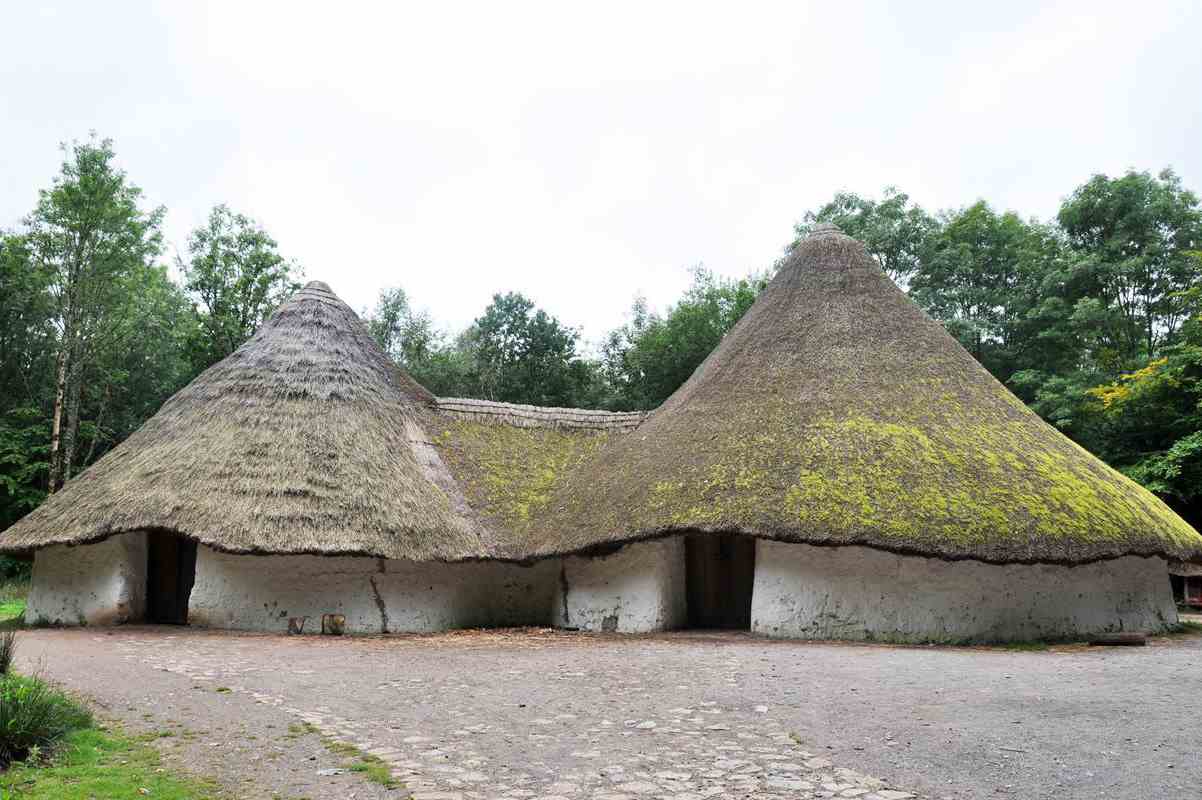
Part of Cardiff Castle
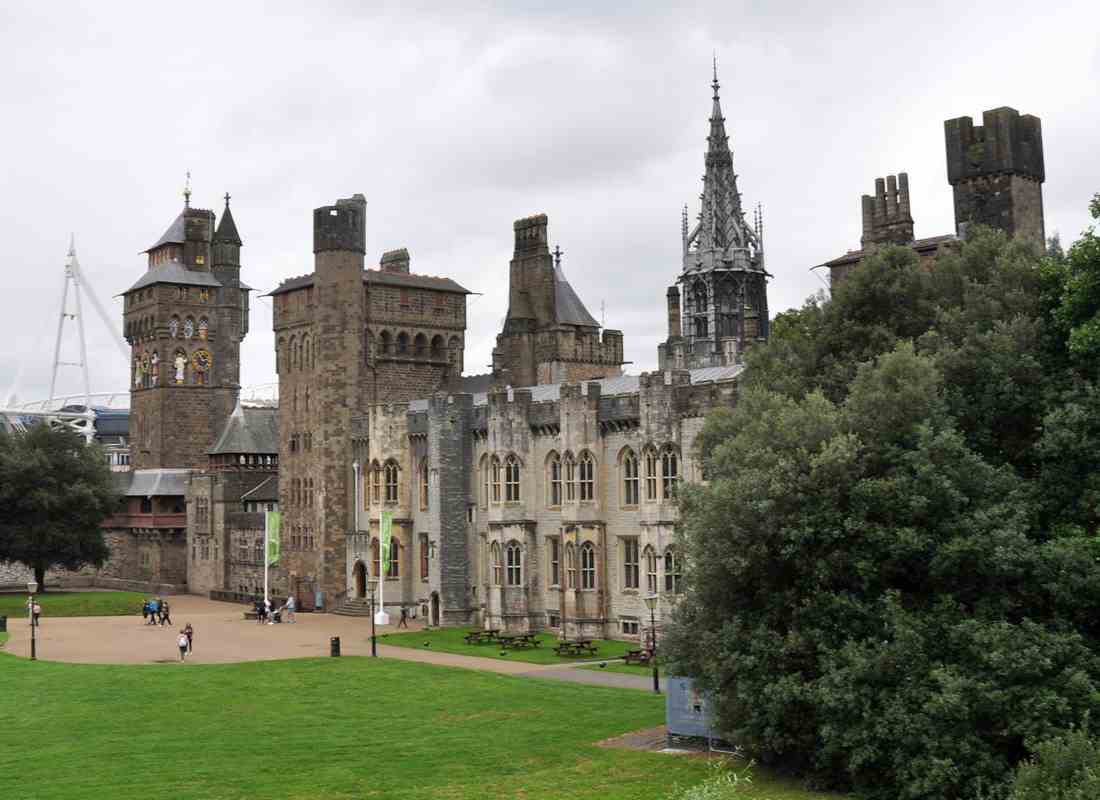
The Pierhead Building in Cardiff was built in 1897 as the headquarters for the Bute Dock Company.
It became the administrative office for the Port of Cardiff in 1947.
The building re-opened in 2010 as a visitor and education centre for the National Assembly.
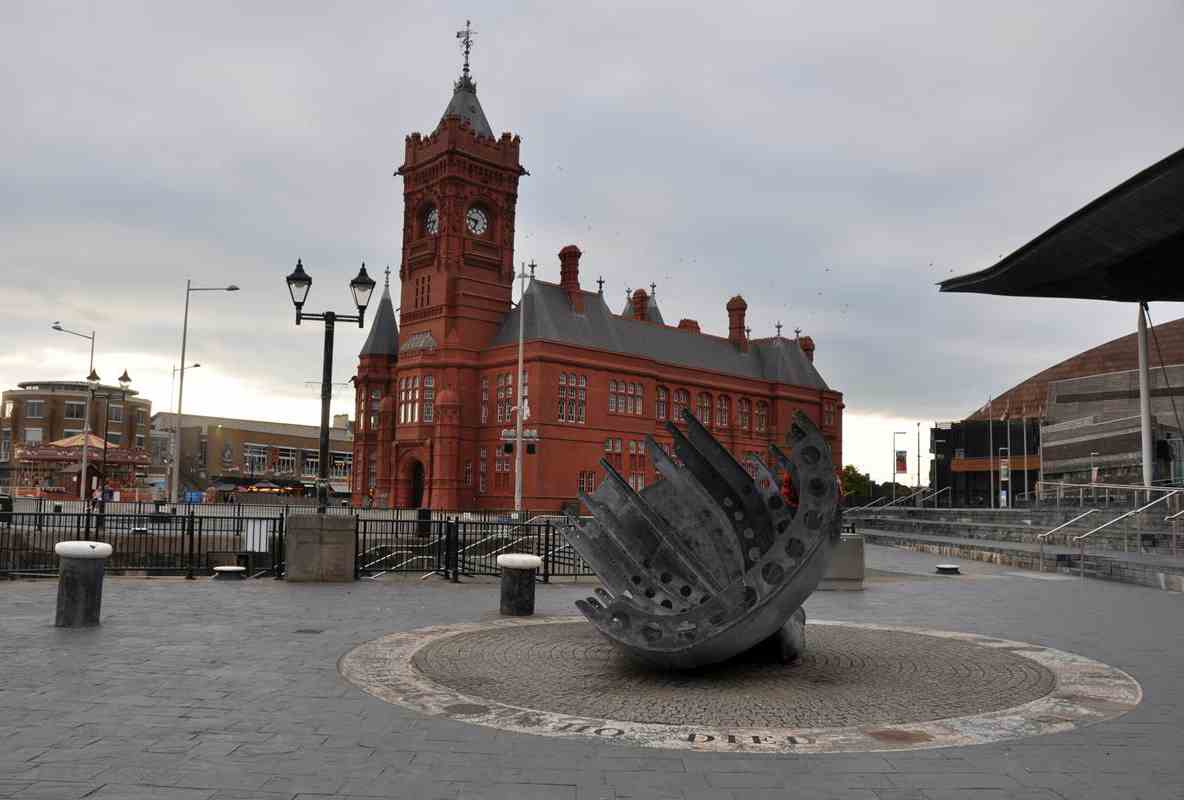
St. David's Cathedral
The monastic community was founded by Saint David, Abbot of Menevia, who died in 589.
Between 645 and 1097, the community was attacked many times by raiders, including the Vikings, however it was of such note as both a religious and intellectual centre
that King Alfred summoned help from the monastic community at St Davids in rebuilding the intellectual life of the Kingdom of Wessex.
In 1081, William the Conqueror visited St Davids to pray, and thus recognised it as a holy and respected place.
The present cathedral was begun in 1181 and completed not long after.
Problems beset the new building and the community in its infancy, the collapse of the new tower in 1220 and earthquake damage in 1247/48.
The establishment of the Commonwealth of England under Oliver Cromwell had great effect on many cathedrals and churches, particularly felt in St Davids.
The cathedral was all but destroyed by Cromwell’s forces and the lead was stripped from the Bishops Palace roof.
The Welsh architect John Nash was commissioned to restore the west front in 1793 to repair the damage done two hundred years previously.
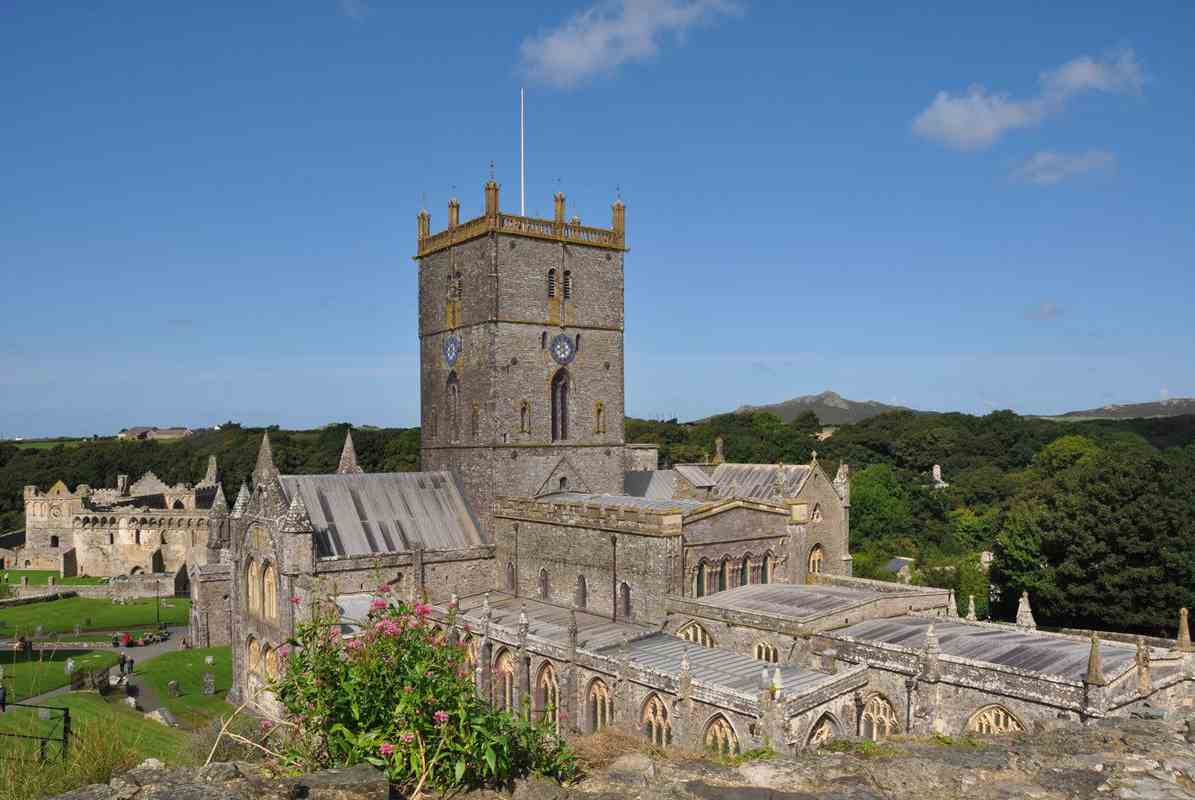
Aberystwyth
Aberystwyth (literally "Mouth of the Ystwyth") is an ancient market town, administrative centre,
community, and holiday resort on the northern coast of Wales.
It is also a major Welsh educational centre, with the establishment of a university there in 1872.
During nine months of the year, there is a massive influx of students.
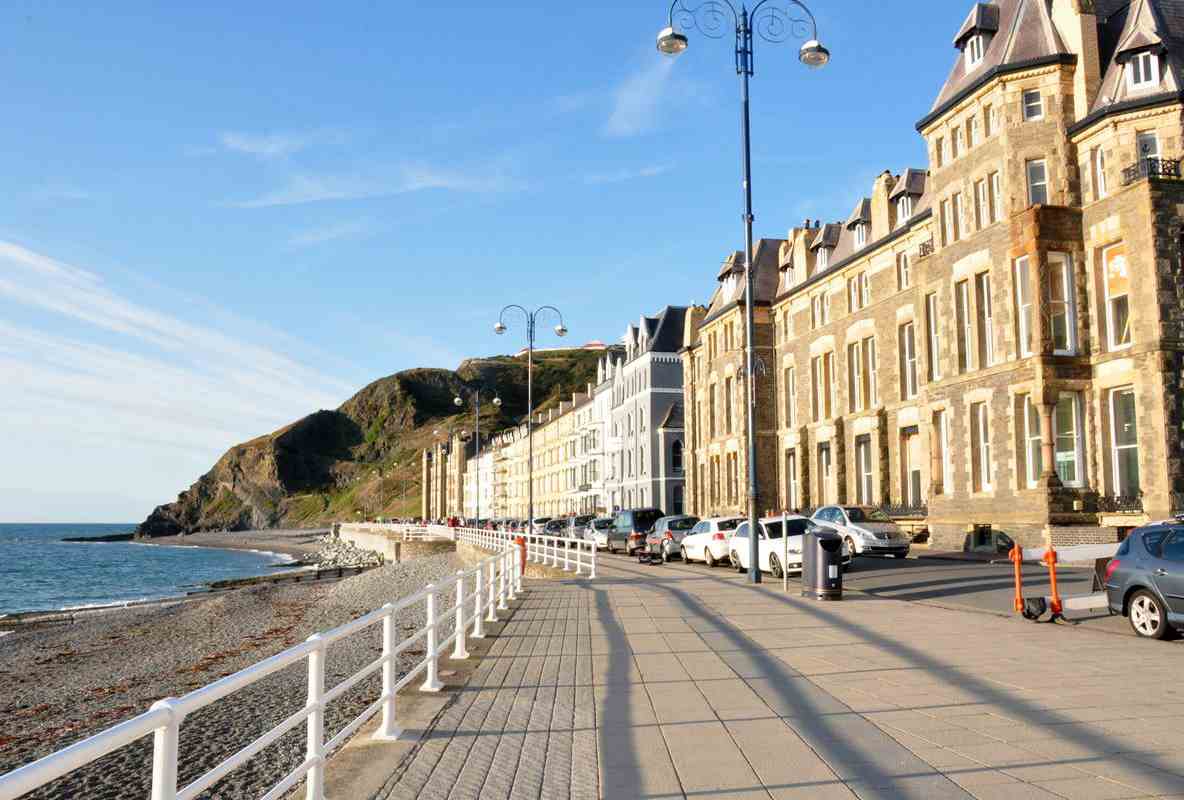

Conwy Castle
Conwy Castle, a medieval fortification in Conwy, on the north coast of Wales,
was built by Edward I, during his conquest of Wales, between 1283 and 1289.
It was constructed as part of a wider project to create the walled town of Conwy.
Over the next few centuries, the castle played an important part in several wars.
Following the outbreak of the English Civil War in 1642, the castle was held by forces loyal to Charles I,
holding out until 1646 when it surrendered to the Parliamentary armies.
In the aftermath the castle was partially damaged by Parliament to prevent it being used in any further revolt,
and was finally completely ruined in 1665 when its remaining iron and lead was stripped and sold off.
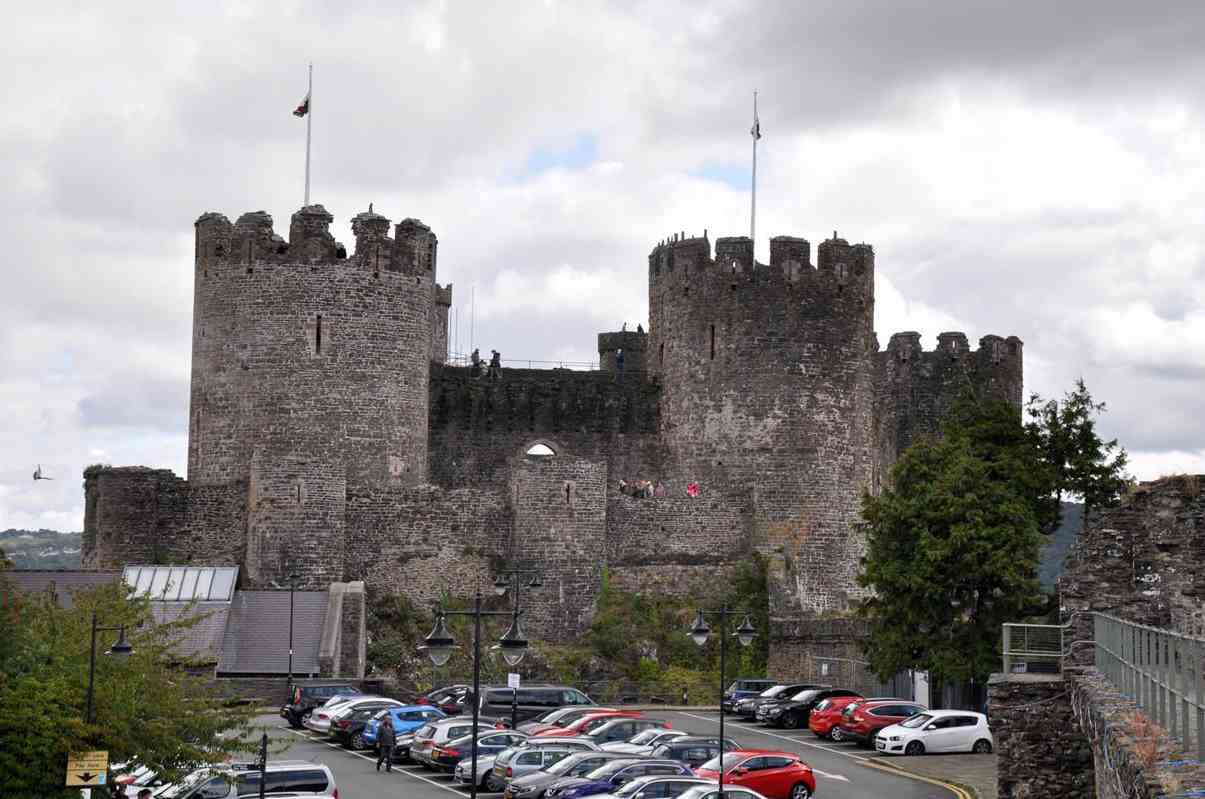
Llandudno
We stayed 2 nights at Llandudno in northern Wales.
The town's name is derived from its patron saint, Saint Tudno.
Llandudno is the largest seaside resort in Wales
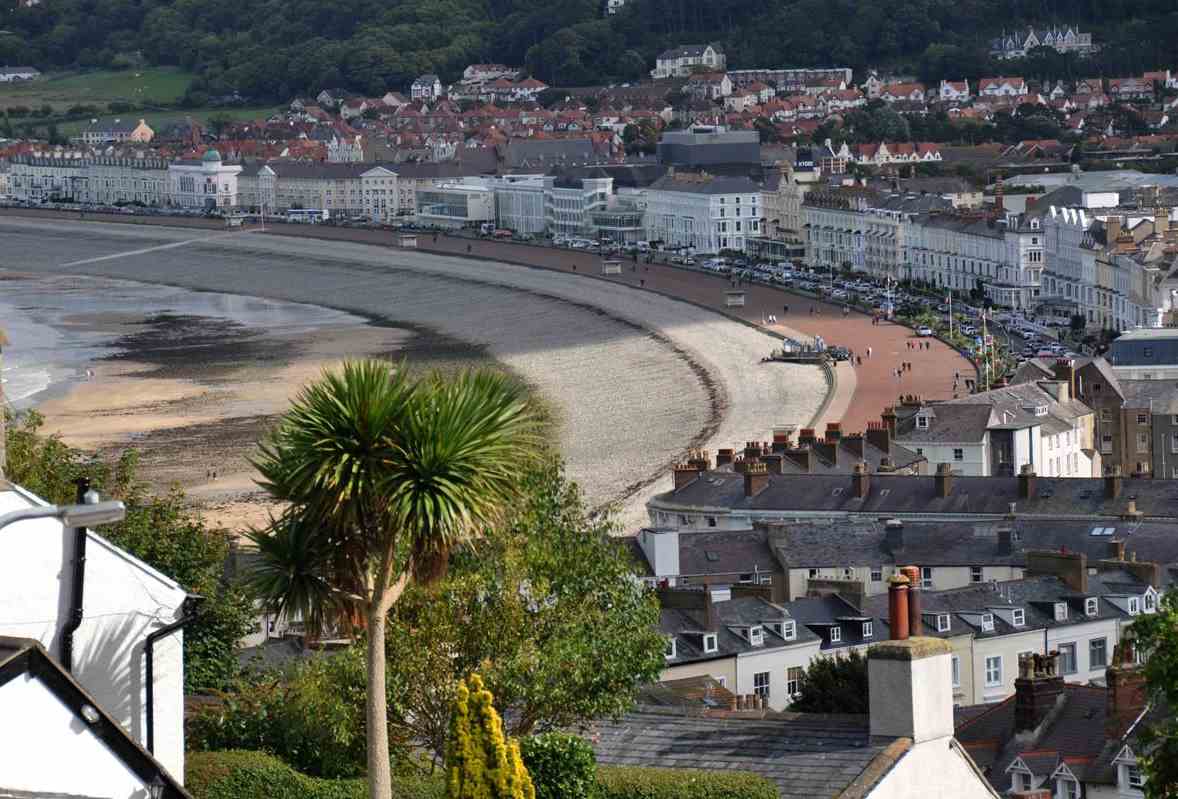
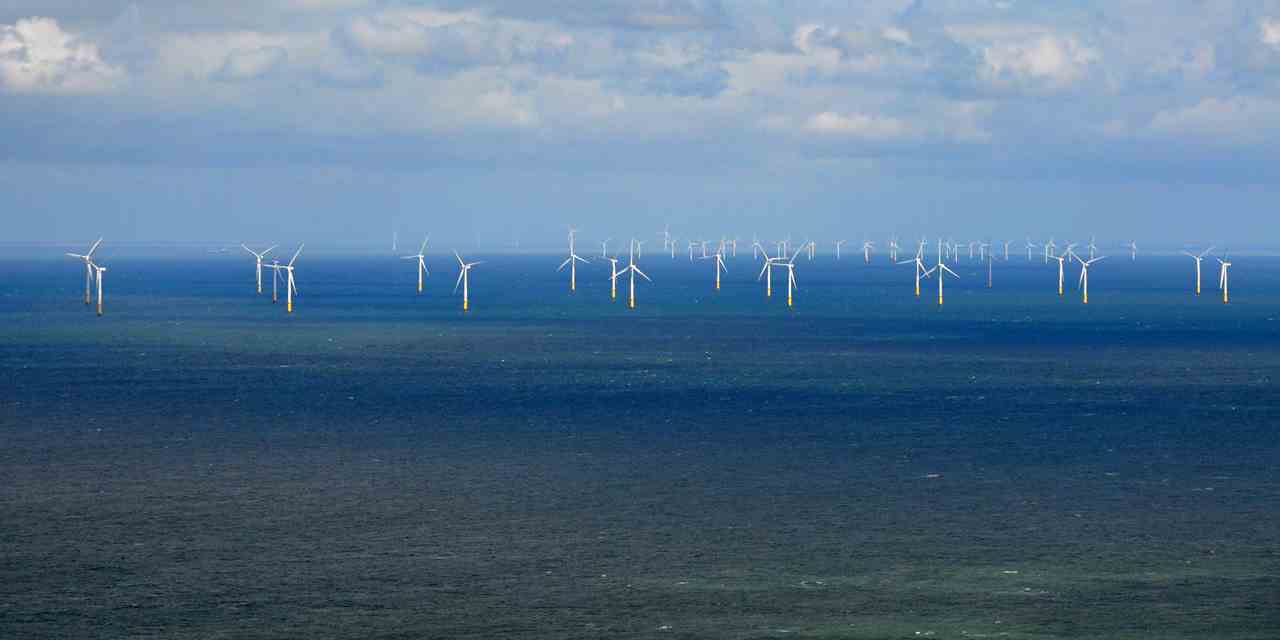
Powis Castle
Unlike the case of other castles in Wales (we visited Conwy Castle), which were all built by the English to subdue the Welsh,
Powis Castle was built by a Welsh prince in the thirteenth century.
Following the end of the Welsh Wars (1282) and for his loyalty to Edward I, the King permitted Owain Gruffydd ap Gwenwynwyn to begin building Powis Castle circa 1283. Owain's later descendant, an illegitimate son of the last Baron Grey of Powis, sold the lordship and castle to a distant relative - Sir Edward Herbert (d. 1595).
The castle passed on to Robert Clive's son, Edward when the latter married Henrietta, a descendant of the original owners,
and took the surname of Herbert for himself and his descendants.
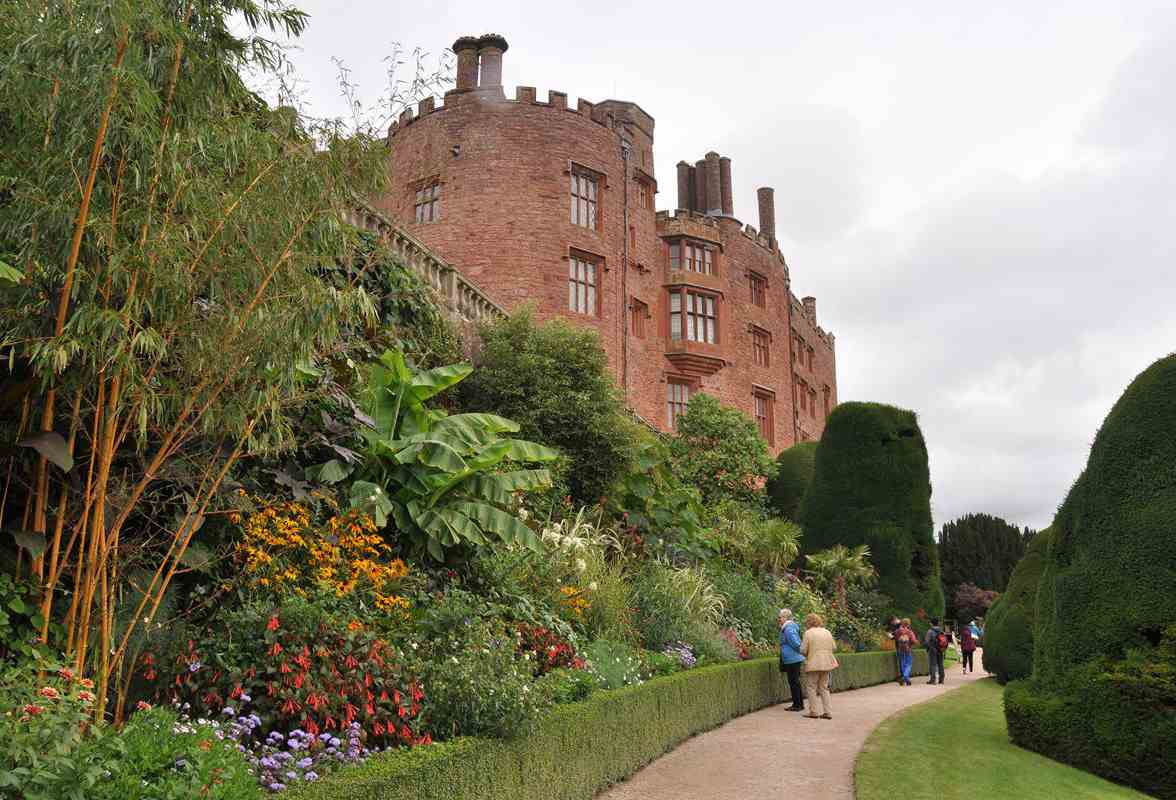
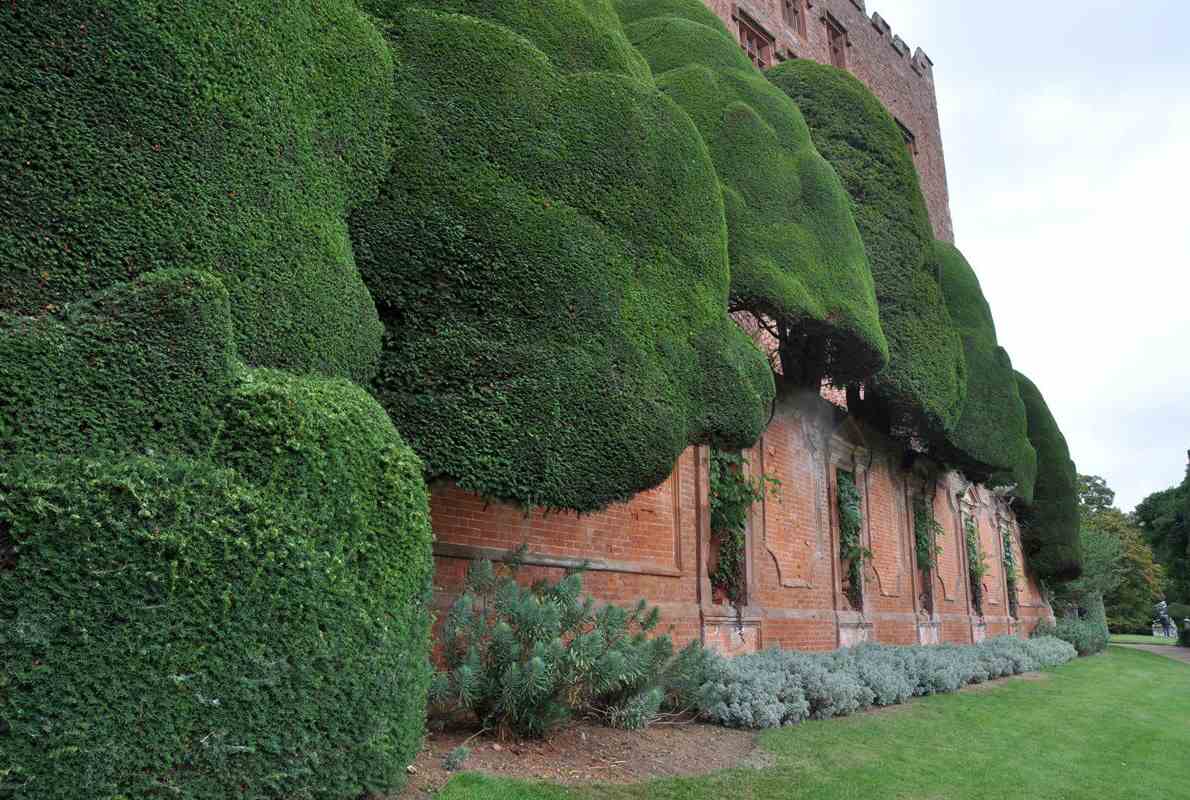
Shrewsbury
We crossed over from Wales into England and stopped in Shrewsbury for lunch.
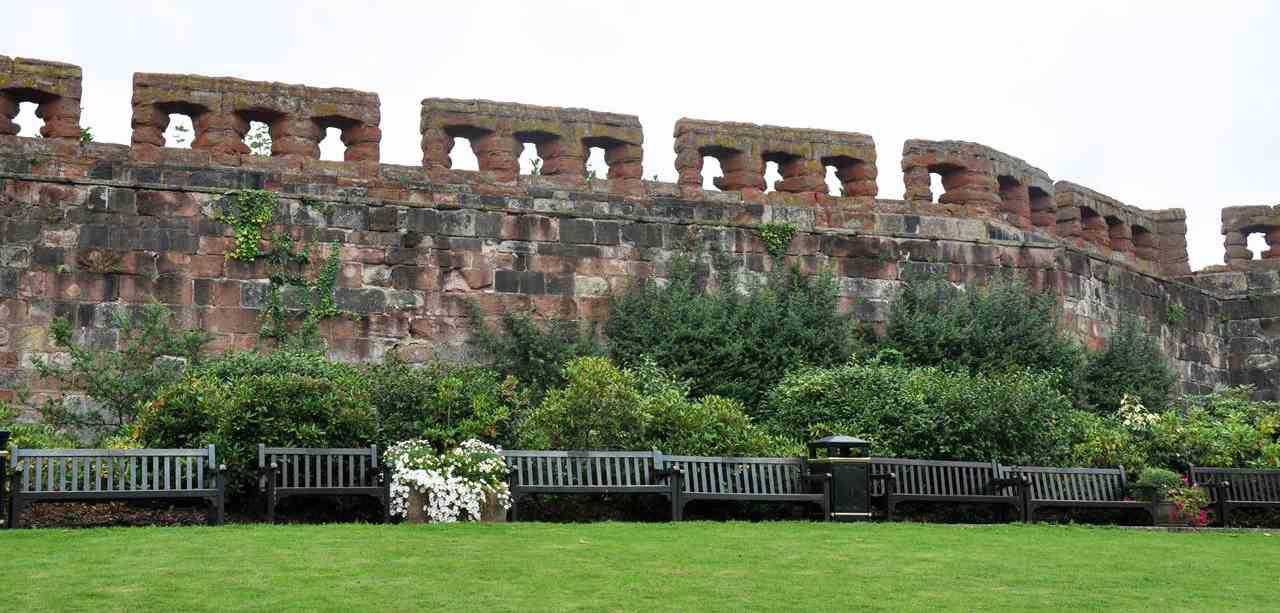
Stratford - on - Avon
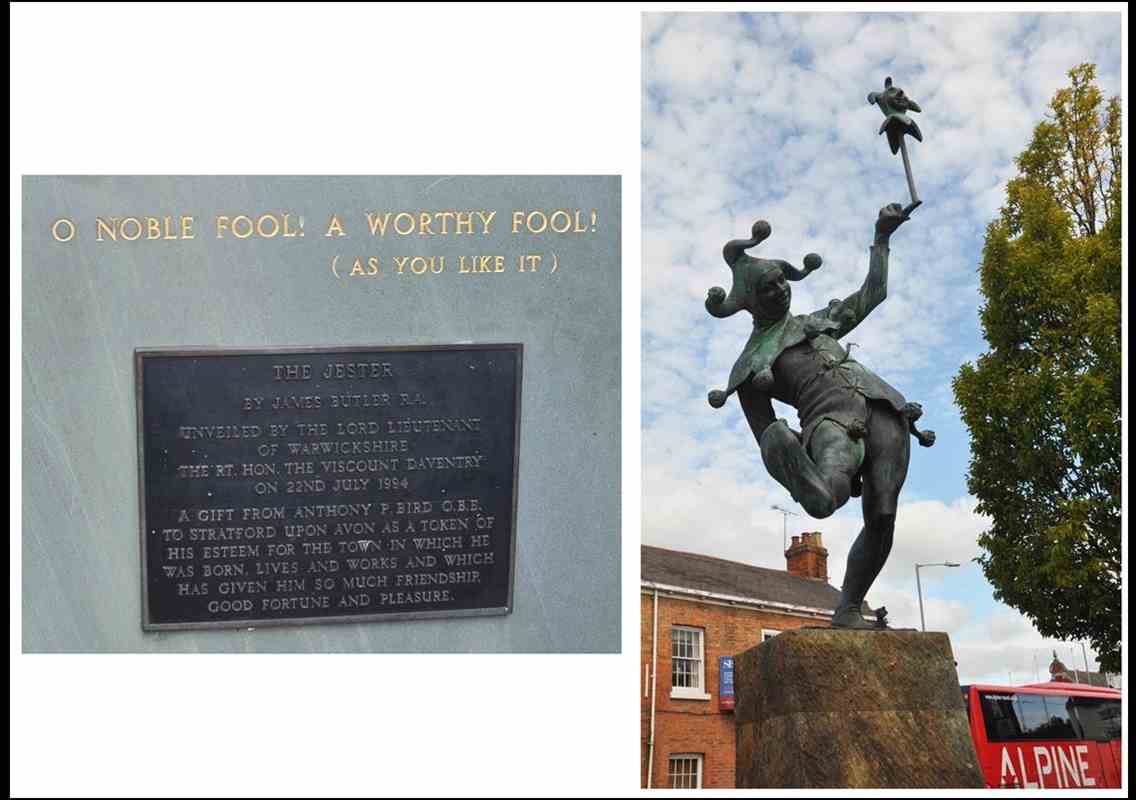
The rear of Shakespeare's birthplace.
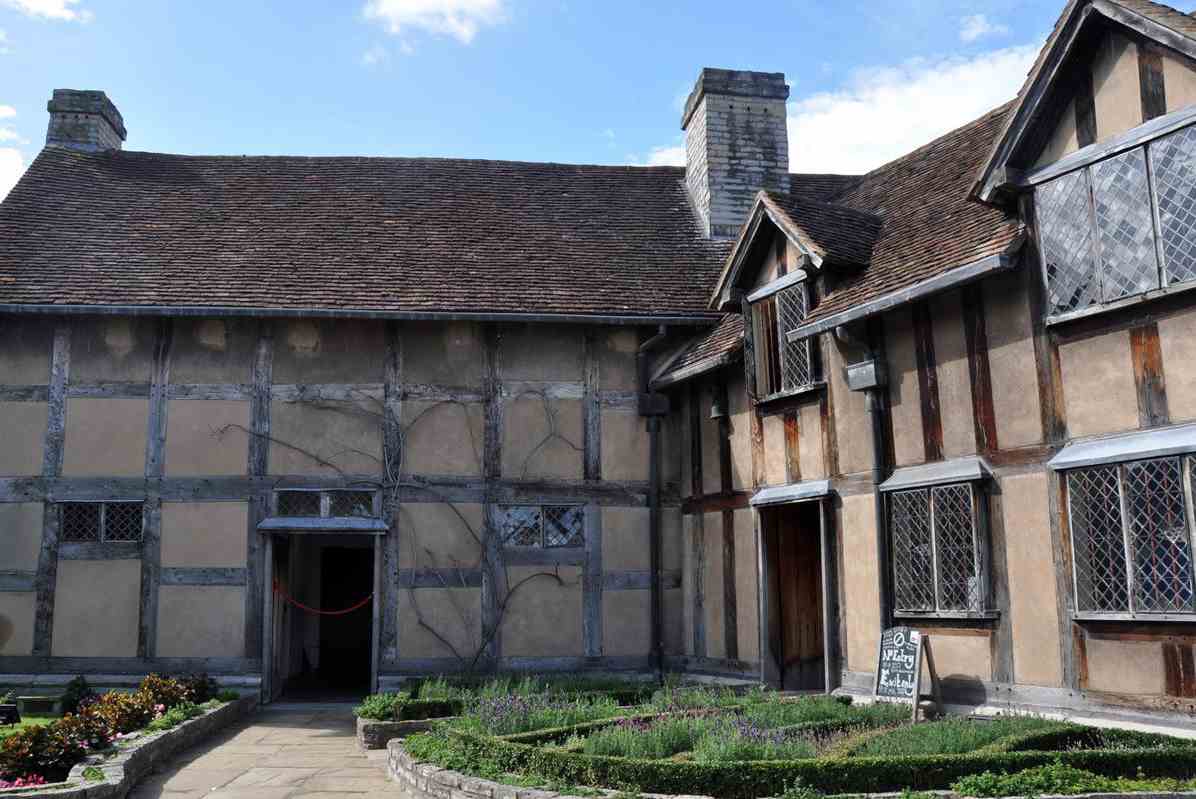
Inside Holy Trinity Church at Stratford.
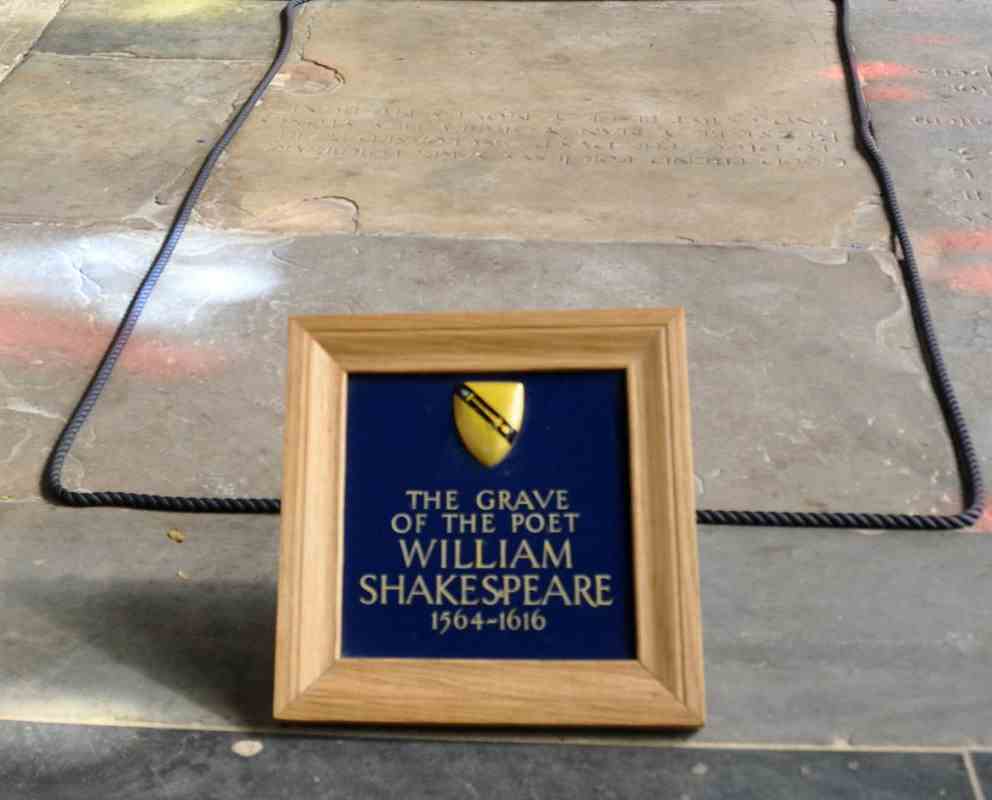
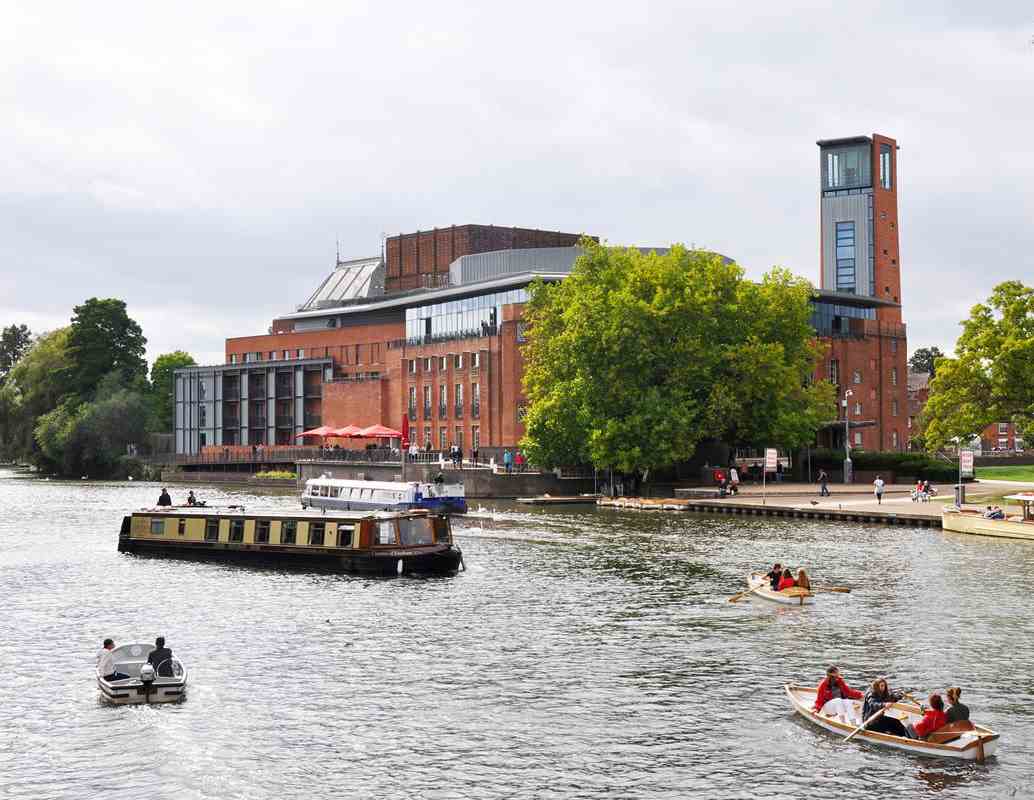
Evesham
Evesham is situated on the Avon River about 25km downstream from Stratford-on-Avon.
We spent 4 nights here while we visited sights in The Cotswolds and Stratford.
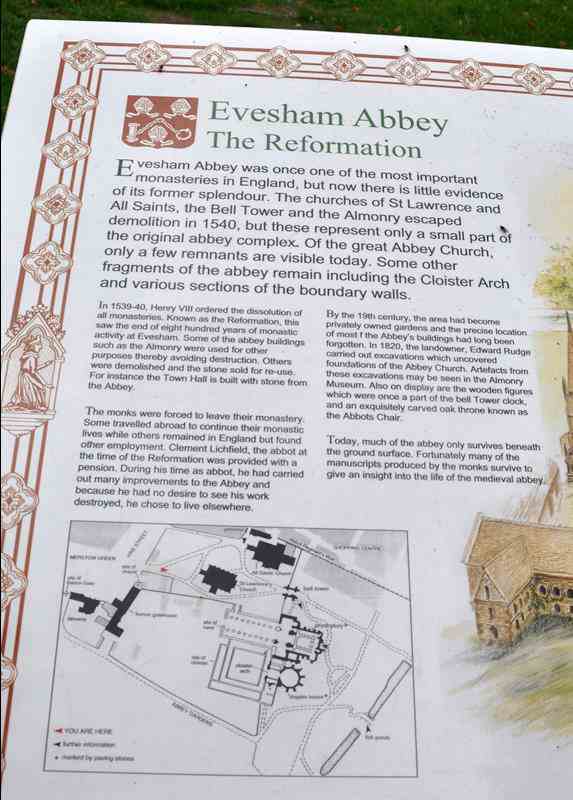
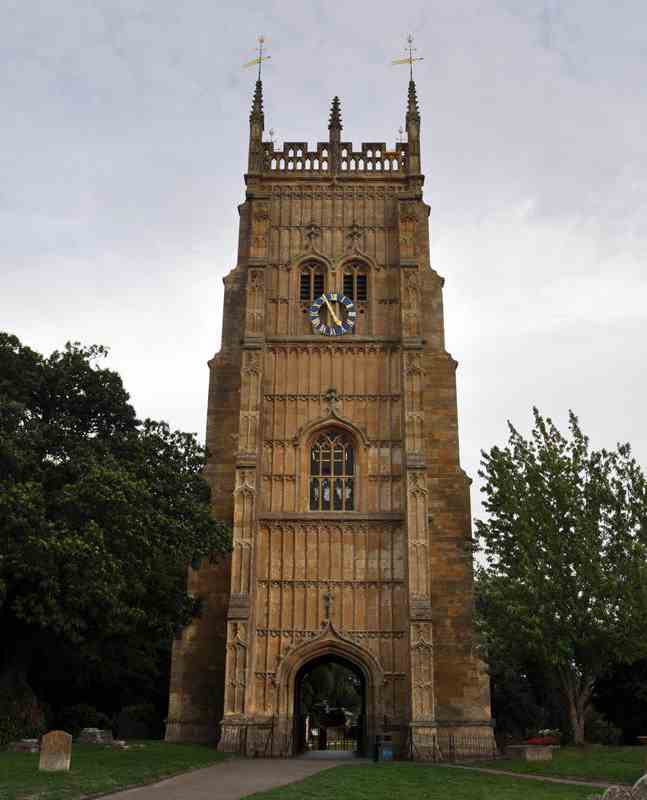
Broadway
Often referred to as the "Jewel of The Cotswolds", the village of Broadway, is visited by lots of tourists.
The "broad way" is the wide grass-fringed main street, centred on the Green,
which is lined with red chestnut trees and honey-coloured Cotswold limestone buildings, many dating from the 16th century.
The village is known for its association with the Arts and Crafts movement.
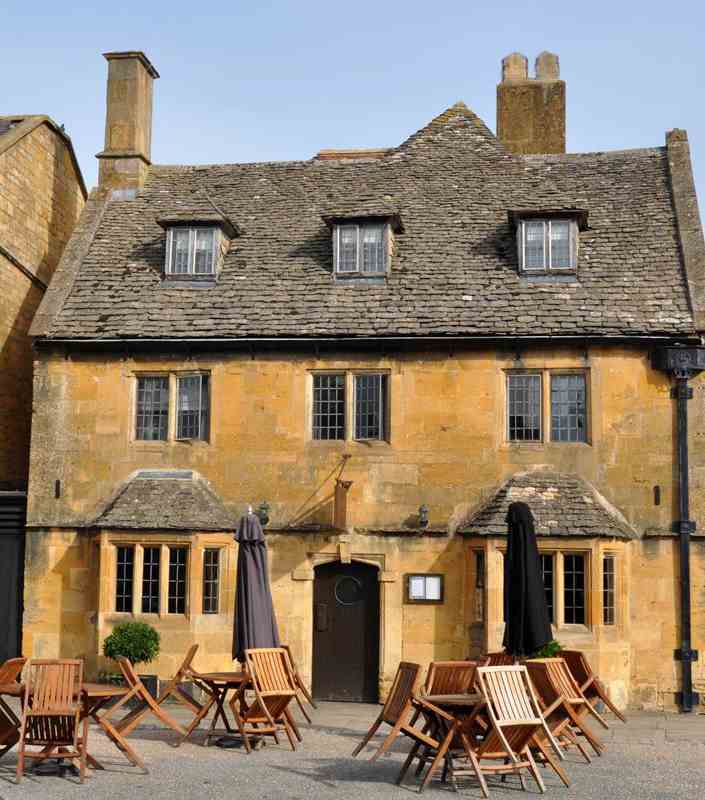
Chavenge House
Chavenage House is an Elizabethan era house in the Cotswolds area of Gloucestershire, England.
The house was built in 1576 and is constructed of Cotswold stone, with a Cotswold stone tiled roof.
Edward Stephens built the house, adding large windows to the south of the porch,
much of the glass being obtained from redundant churches and monasteries in the area.
On Edward's death, the estate passed to his son Richard and, on his death, to his second wife Anne, before his eldest son Nathaniel Stephens inherited it.
During the Civil War, Nathaniel Stephens raised troops and supported the Roundheads, and later became a member of Oliver Cromwell's parliament.
Cromwell visited Chavenage House, and Stephens supported his planned regicide, and although he was not one of the signatories of Charles I's death warrant,
he is nevertheless said to have died of remorse soon afterwards.
It is also recounted that on the day of the Nathaniel's death, his ghost was seen leaving the house in a coach driven
by a headless coachman dressed like the hapless king.
The house is reputed to be one of the nation's most haunted homes.
Some scenes of the current series of Poldark were being filmed here.
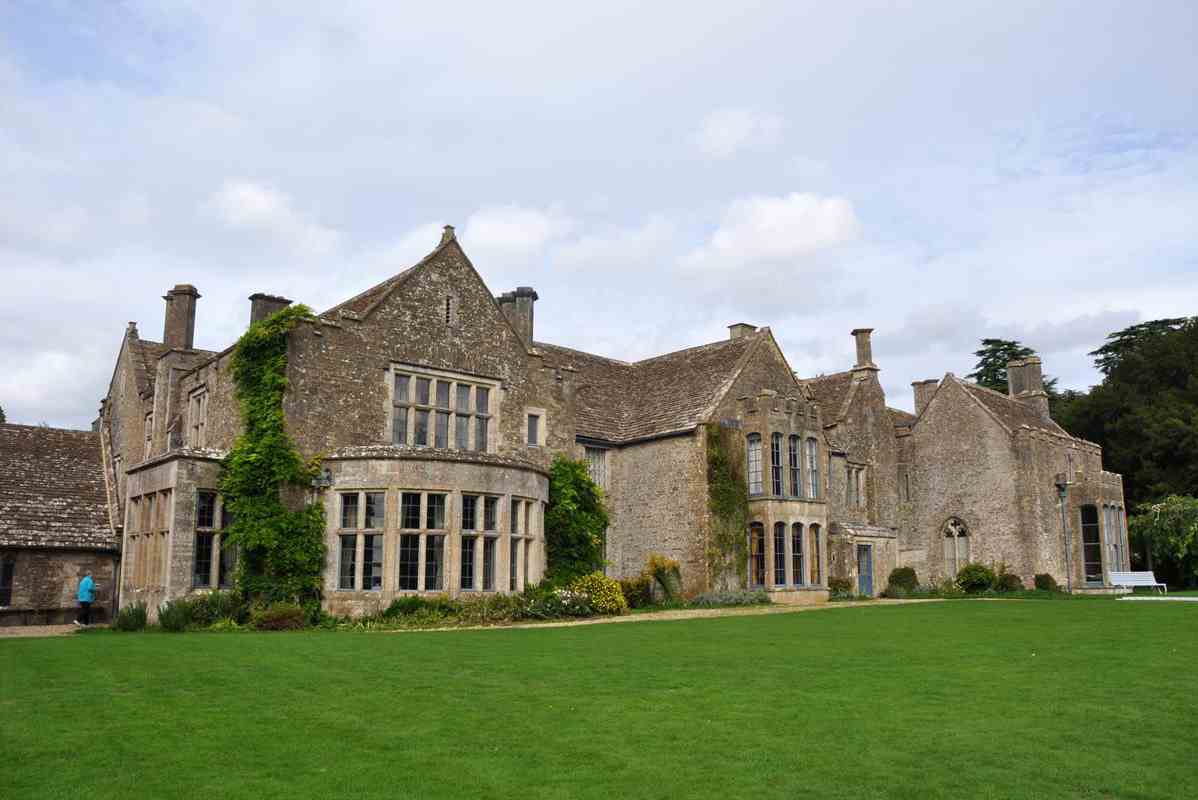
The chapel at Chavenage House.
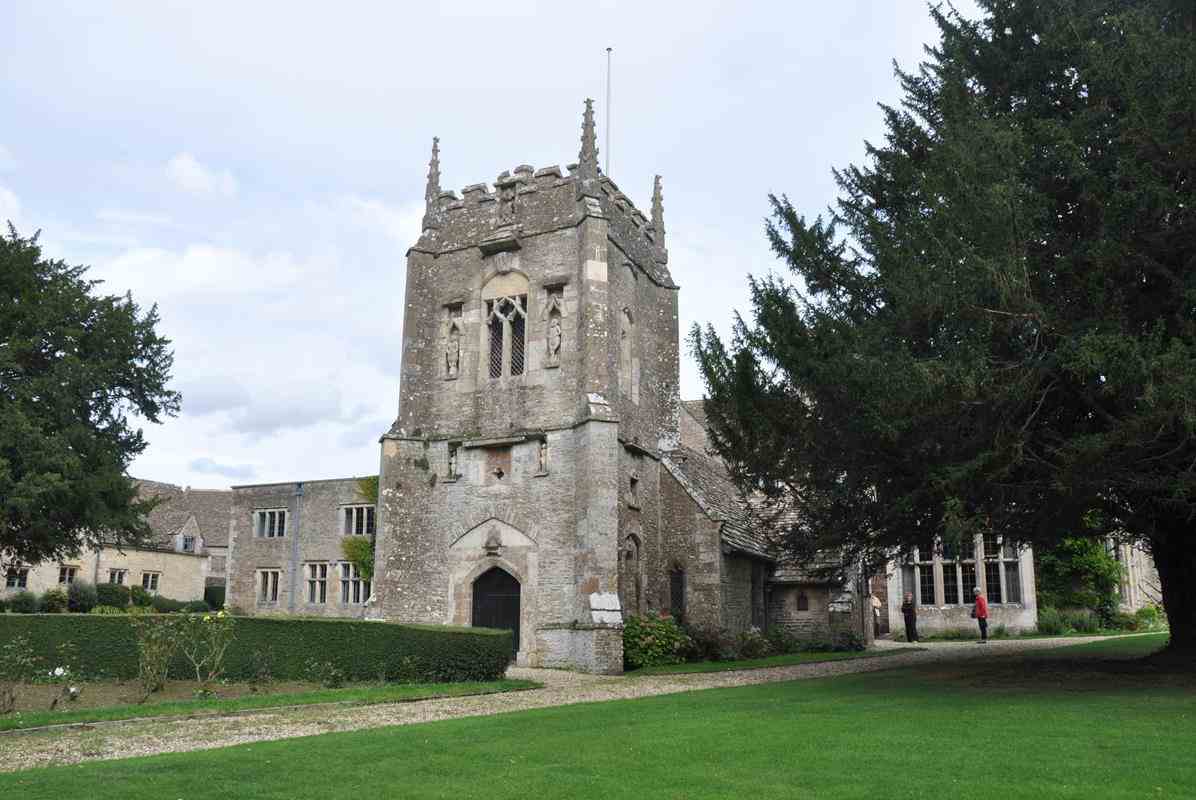
Blenheim Palace
Blenheim Palace is a monumental country house in Blenheim, Oxfordshire, England.
It is the principal residence of the Dukes of Marlborough.
The palace, one of England's largest houses, was built between 1705 and 1722, and designated a UNESCO World Heritage Site in 1987.
The palace is named for the 1704 Battle of Blenheim, and thus ultimately after Blindheim (also known as Blenheim) in Bavaria.
It was a reward to John Churchill, 1st Duke of Marlborough for his military triumphs against the French and Bavarians
in the War of the Spanish Succession, culminating in the Battle of Blenheim.
Following the palace's completion, it became the home of the Churchill (later Spencer-Churchill) family for the next 300 years.
Various members of the family have wrought changes to the interiors, park and gardens of the palace.
At the end of the 19th century, the palace was saved from ruin by funds gained from the 9th Duke of Marlborough's marriage
to American railroad heiress, Consuelo Vanderbilt.
Winston Churchill was born here in 1874 and it was his ancestral home;
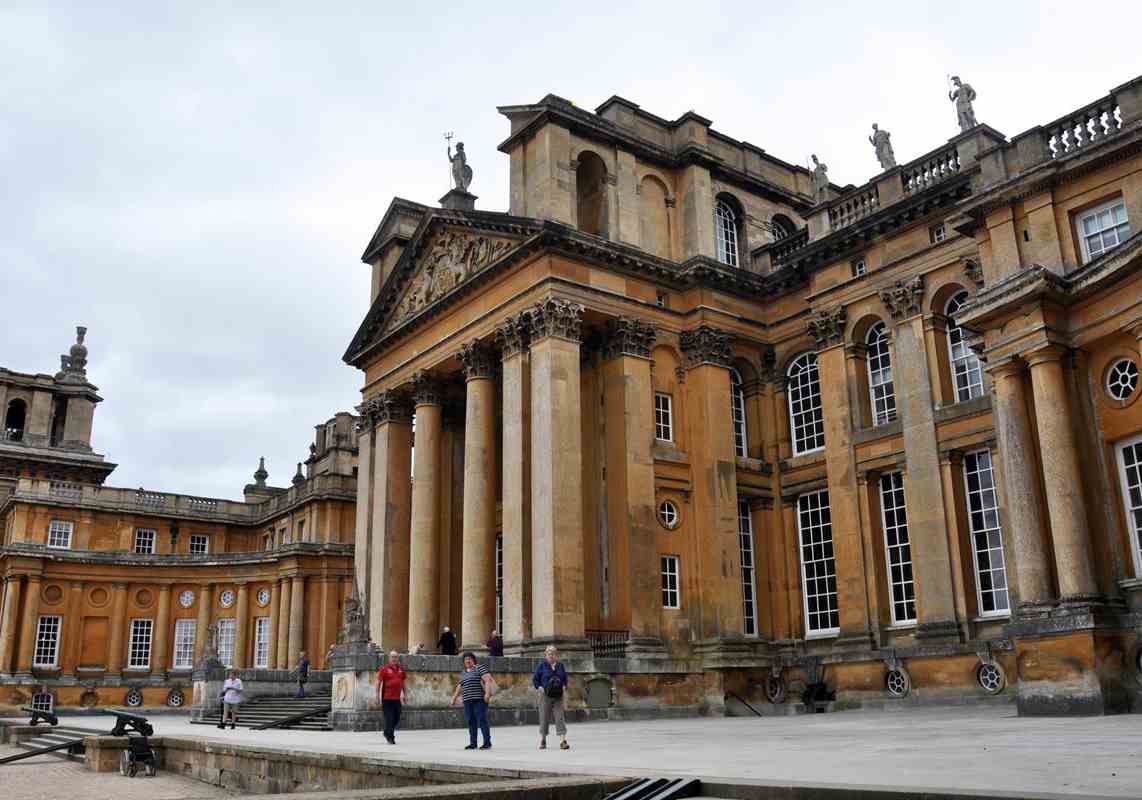
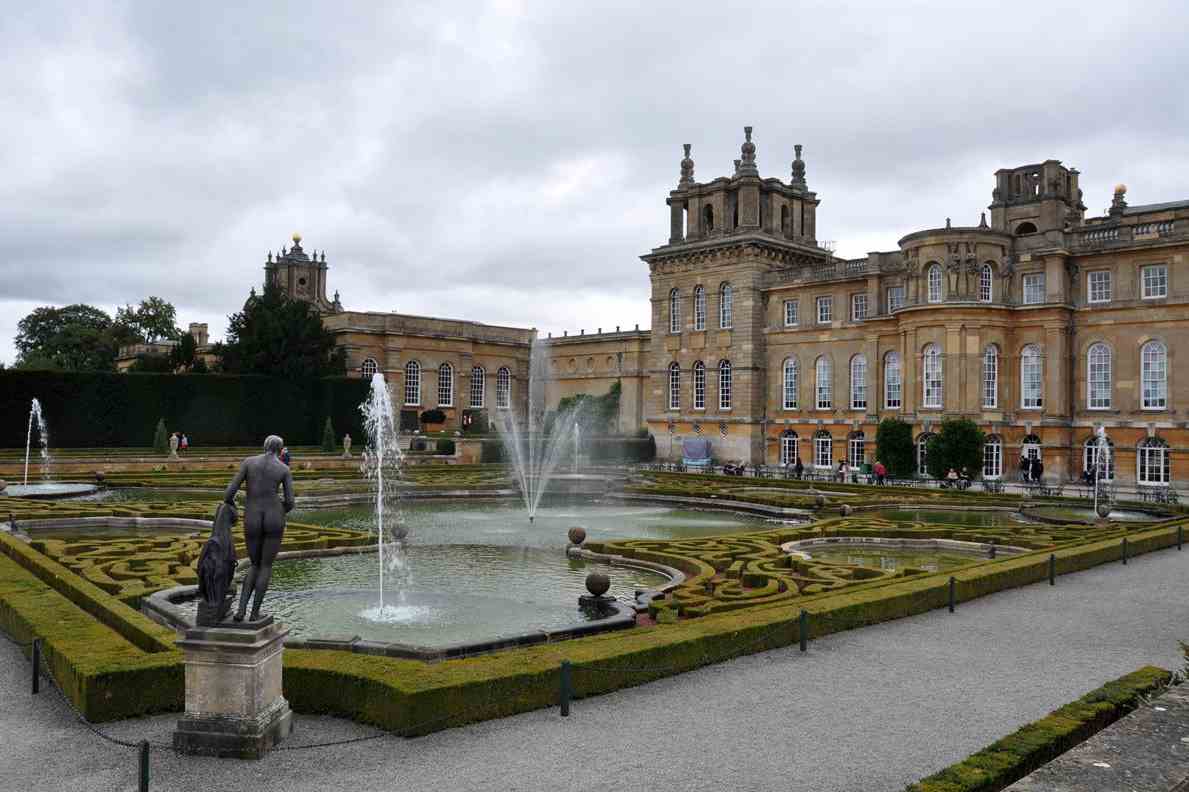
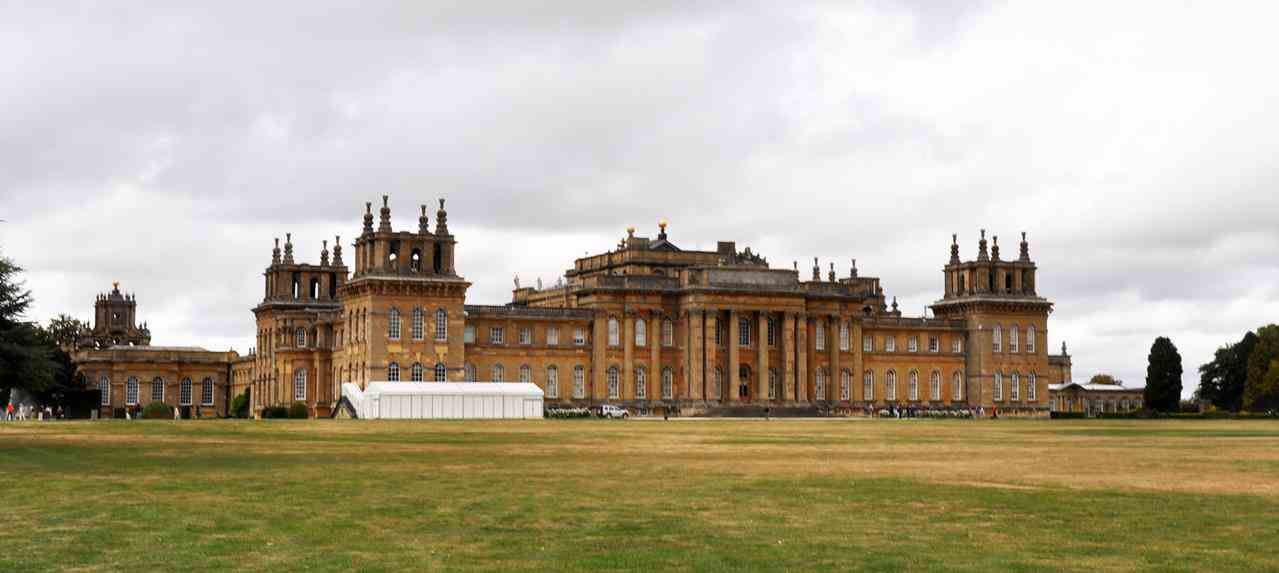
Windsor Castle
Originally designed to protect Norman dominance around the outskirts of London, and oversee a strategically important part of the River Thames,
Windsor Castle has had a long association with the English and later British royal family.
The original castle was built in the 11th century after the Norman invasion of England by William the Conqueror.
Since the time of Henry I, it has been used by the reigning monarch and is the longest-occupied palace in Europe.
George III and George IV renovated and rebuilt Charles II's palace at colossal expense, producing the current design of the State Apartments,
full of Rococo, Gothic and Baroque furnishings.
Queen Victoria made a few minor changes to the castle, which became the centre for royal entertainment for much of her reign.
It is the preferred weekend home of Elizabeth II.
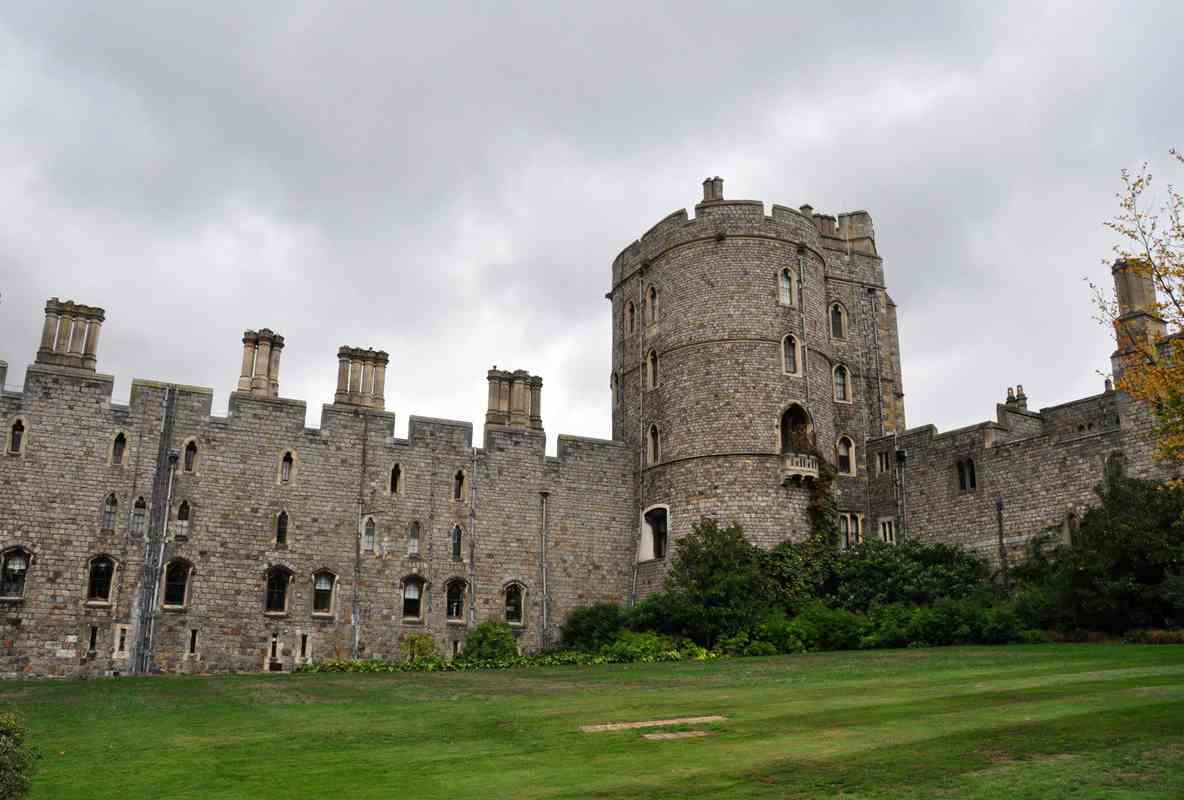
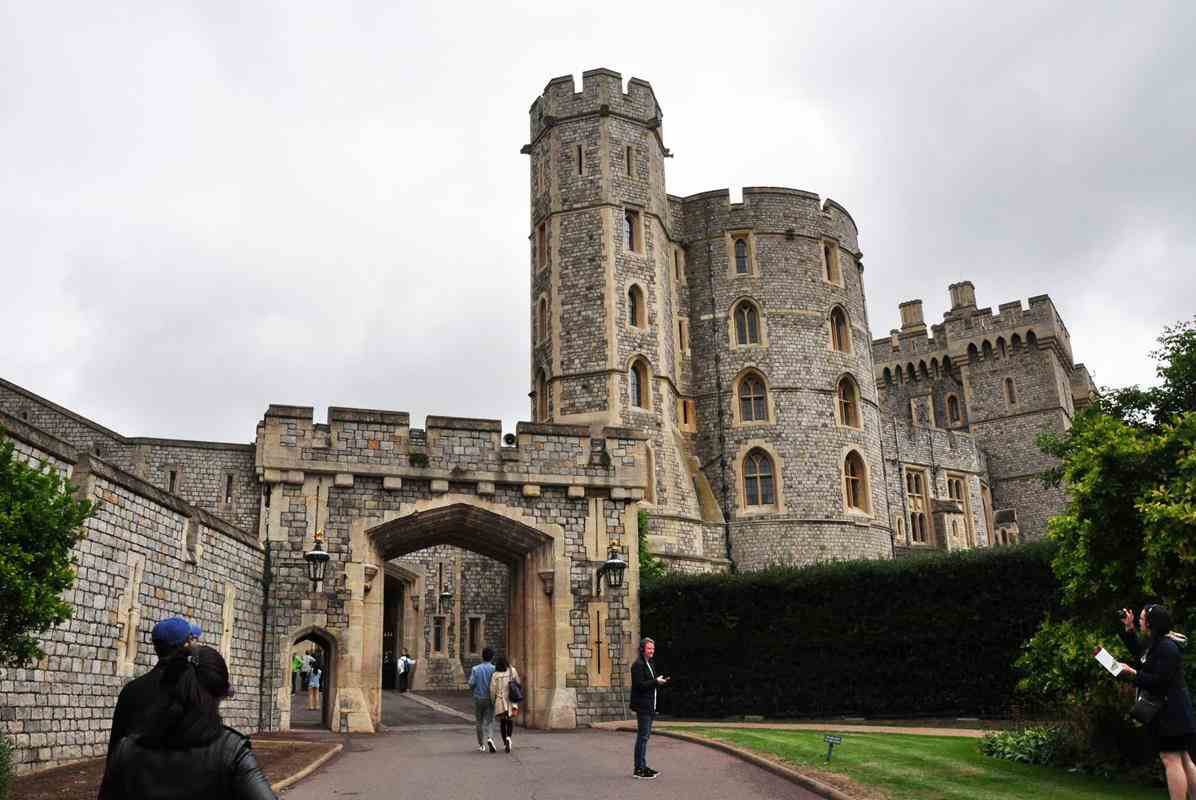

It is near Heathrow.
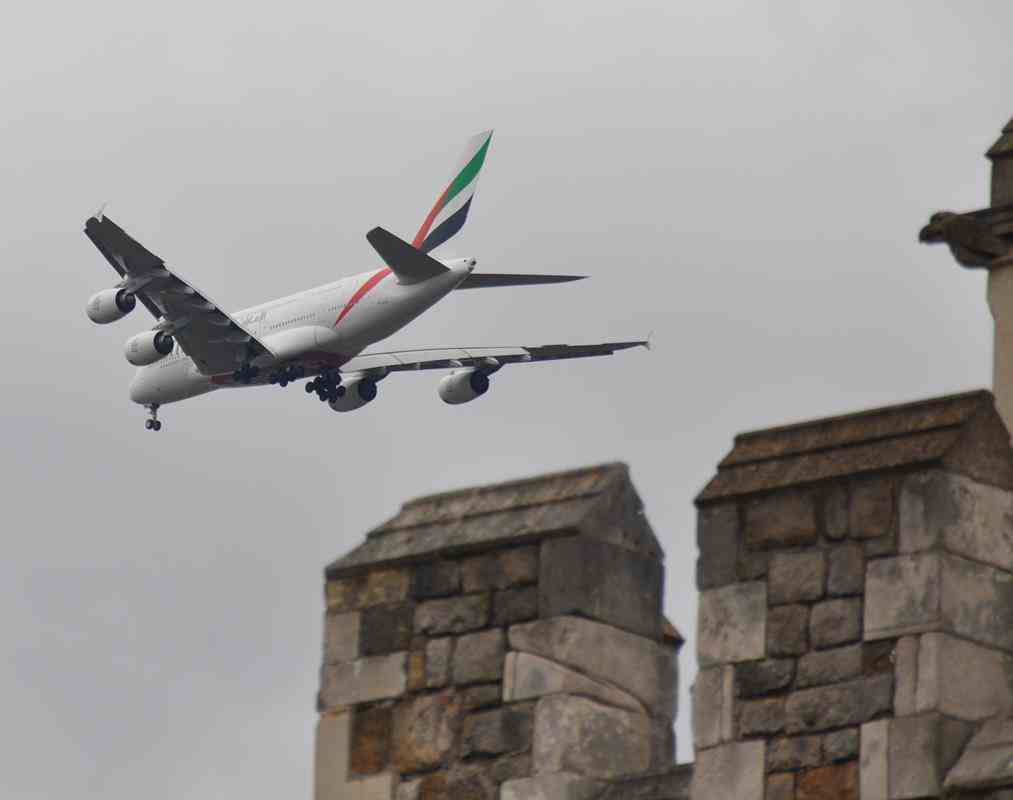
St George's castle chapel at Windsor Castle was established in the 14th century by King Edward III and began extensive enlargement in the late 15th century.
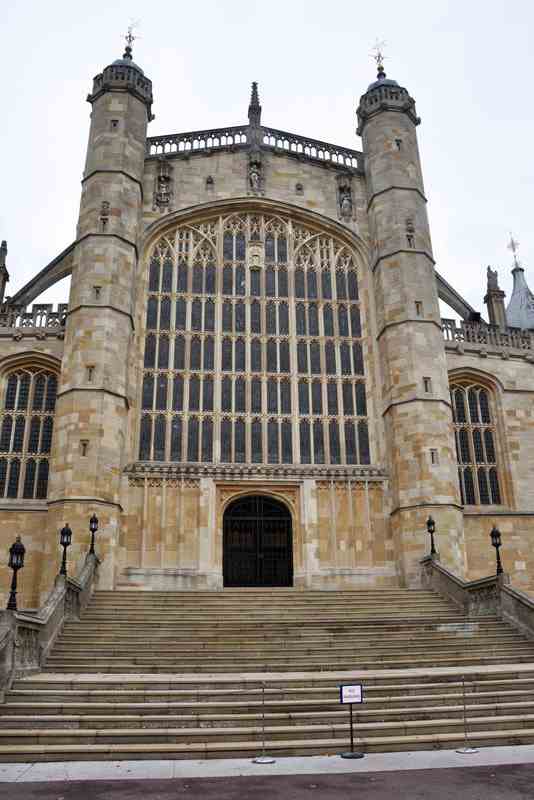
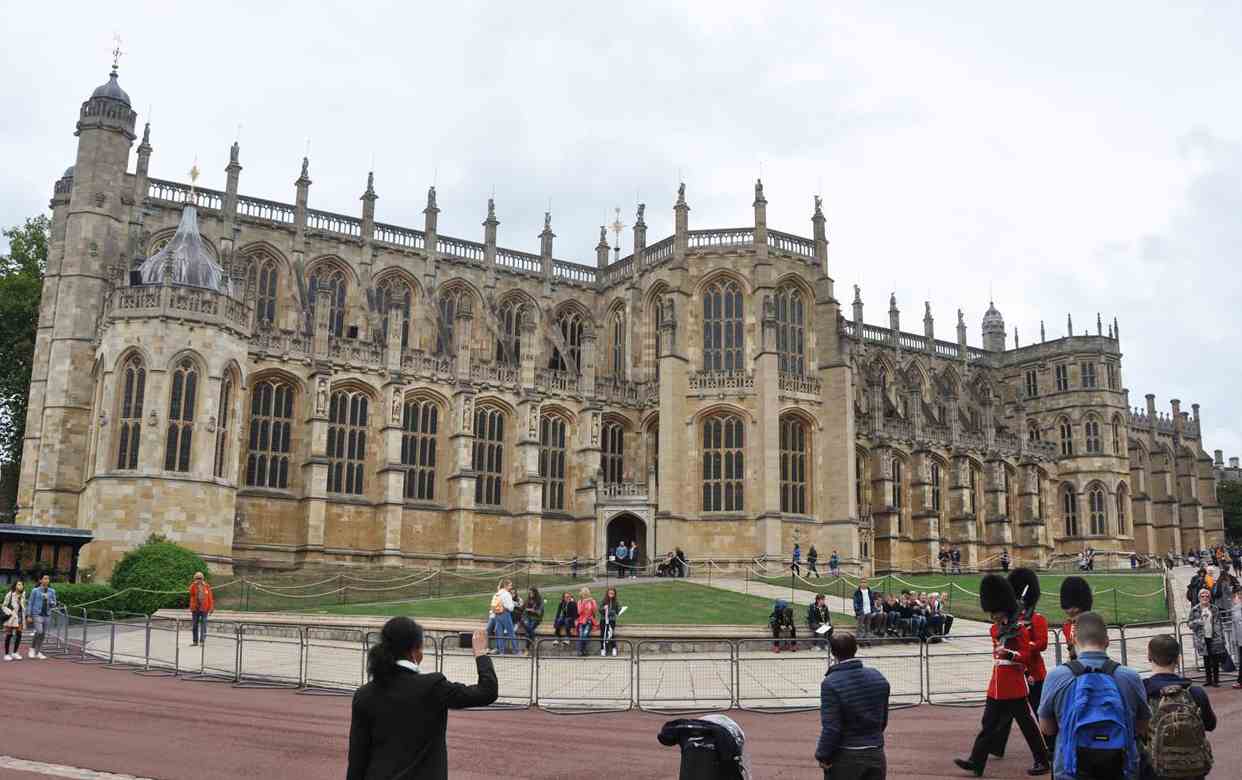
London
Operatif accommodated us at the Radisson Blu Edwardian Hotel in the Seven Dials area of London for 5 nights.
It was right in the heart of the Theatre District and an easy walk to Covent Garden and Trafalgar Square.
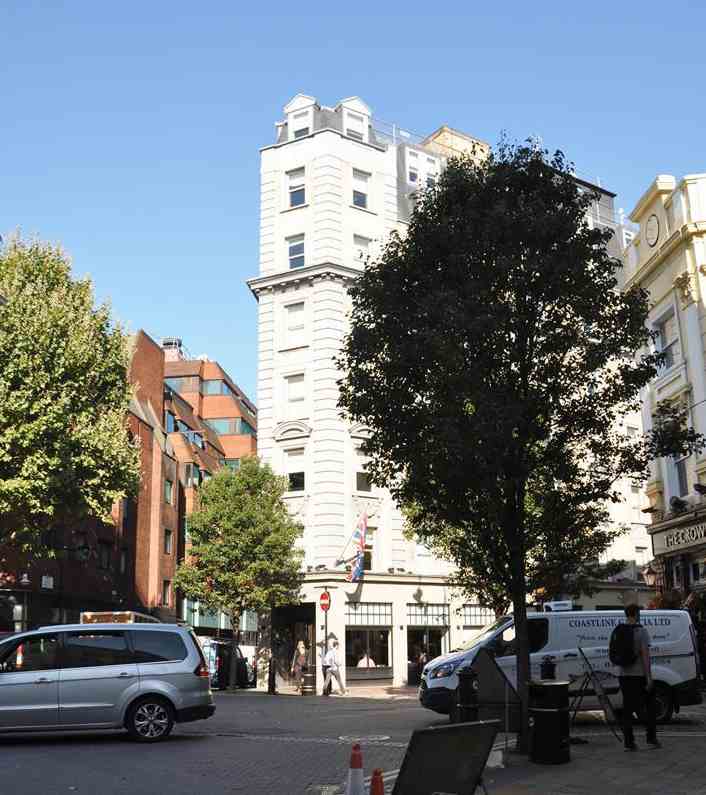
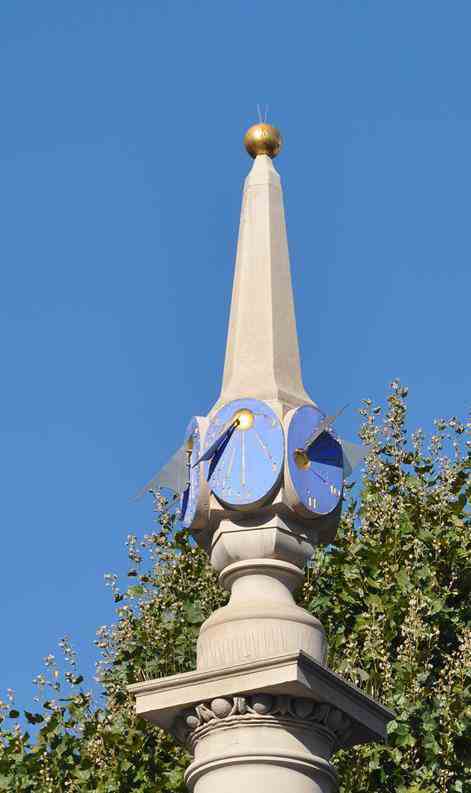
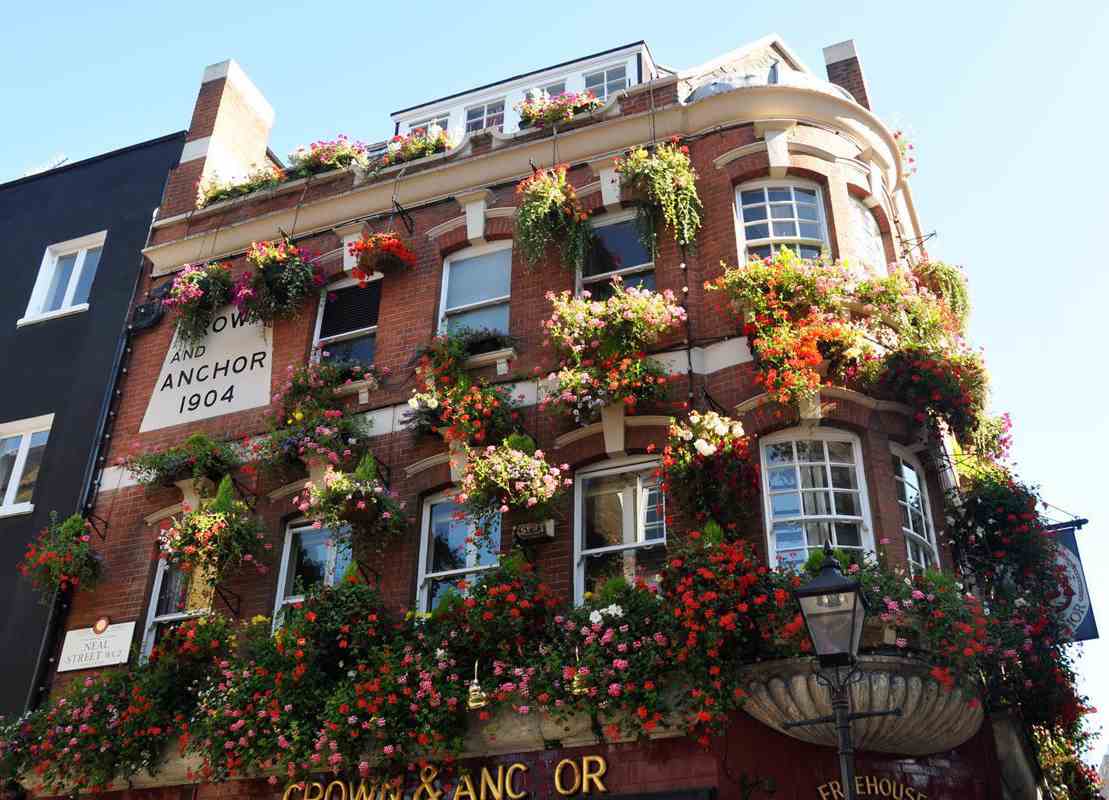
Covent Garden Opera House
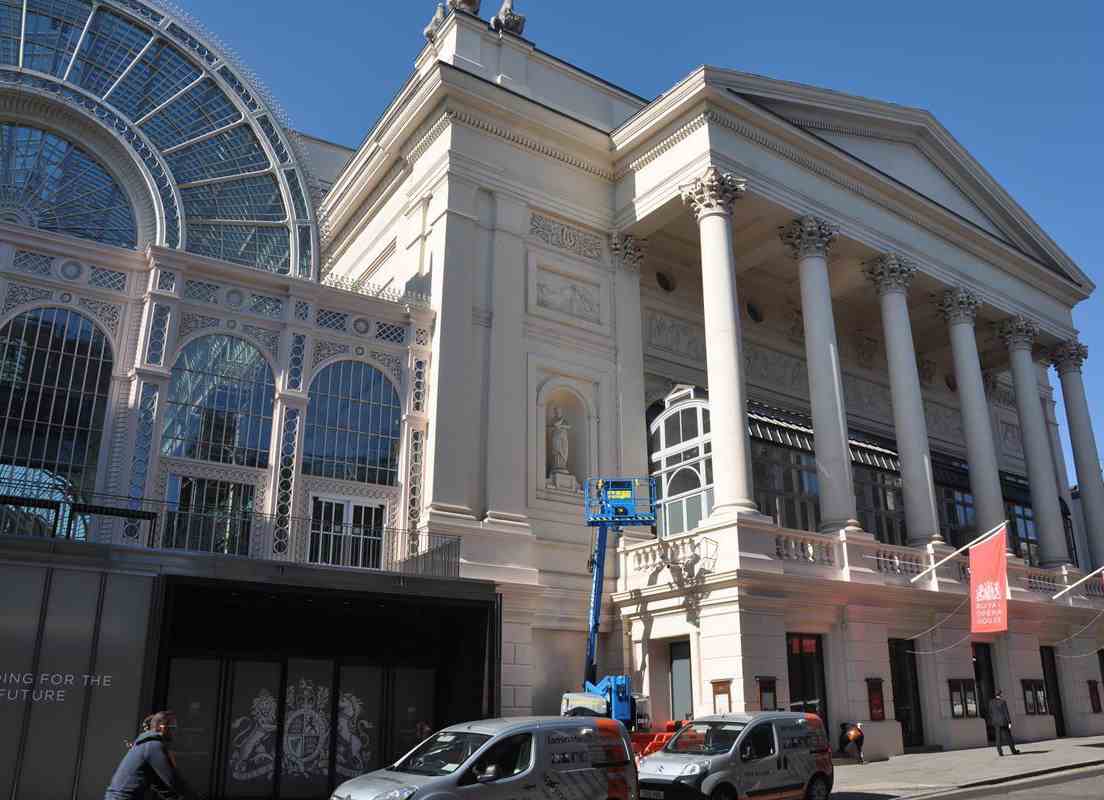
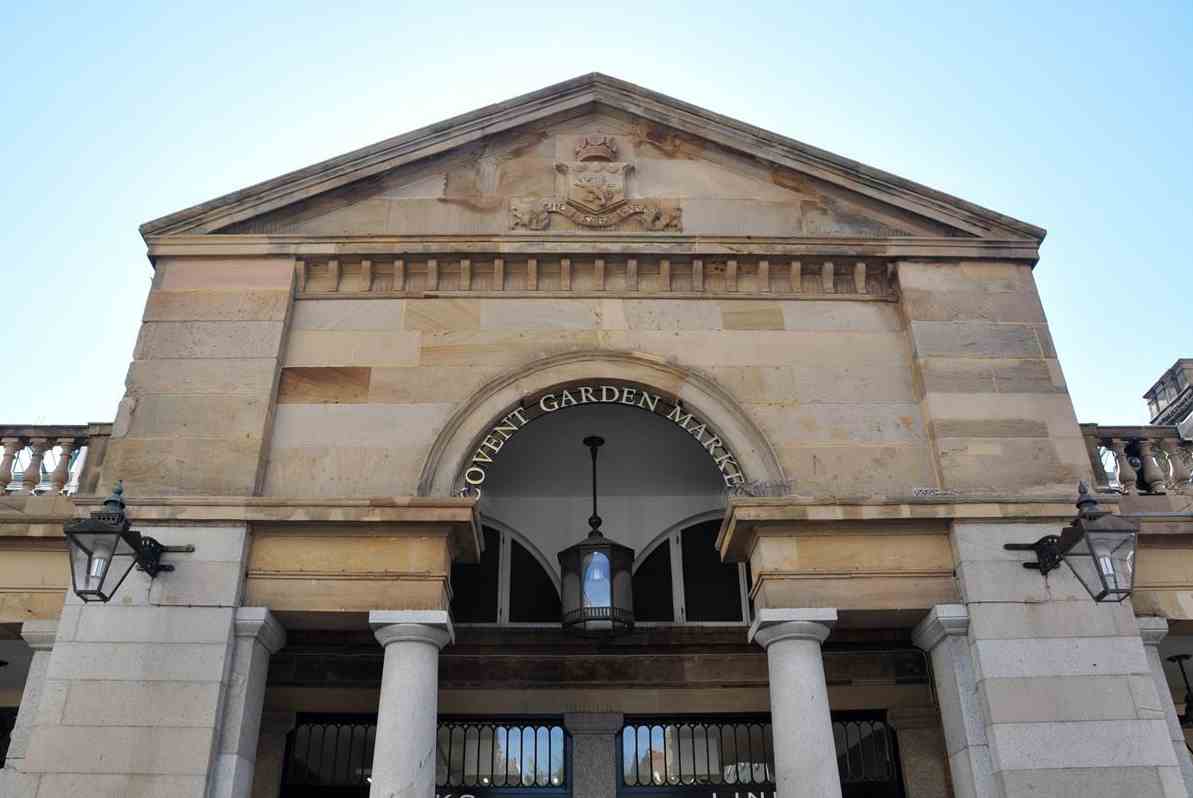
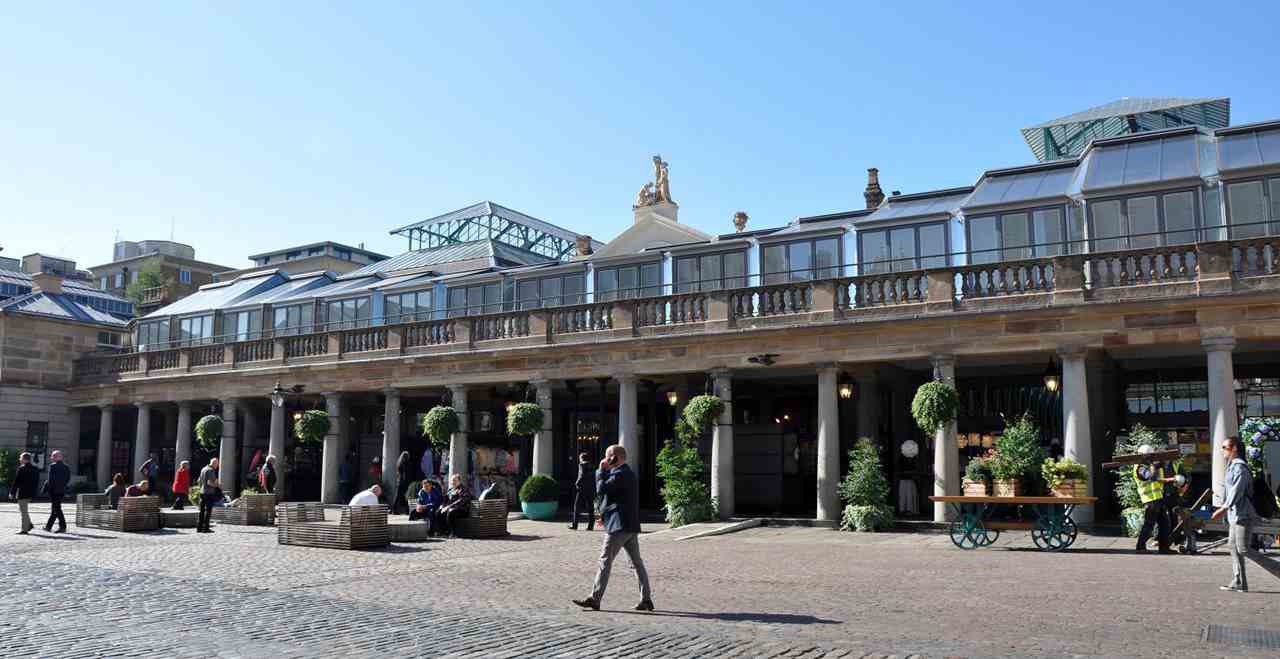
The market now houses upmarket shops and restaurants.
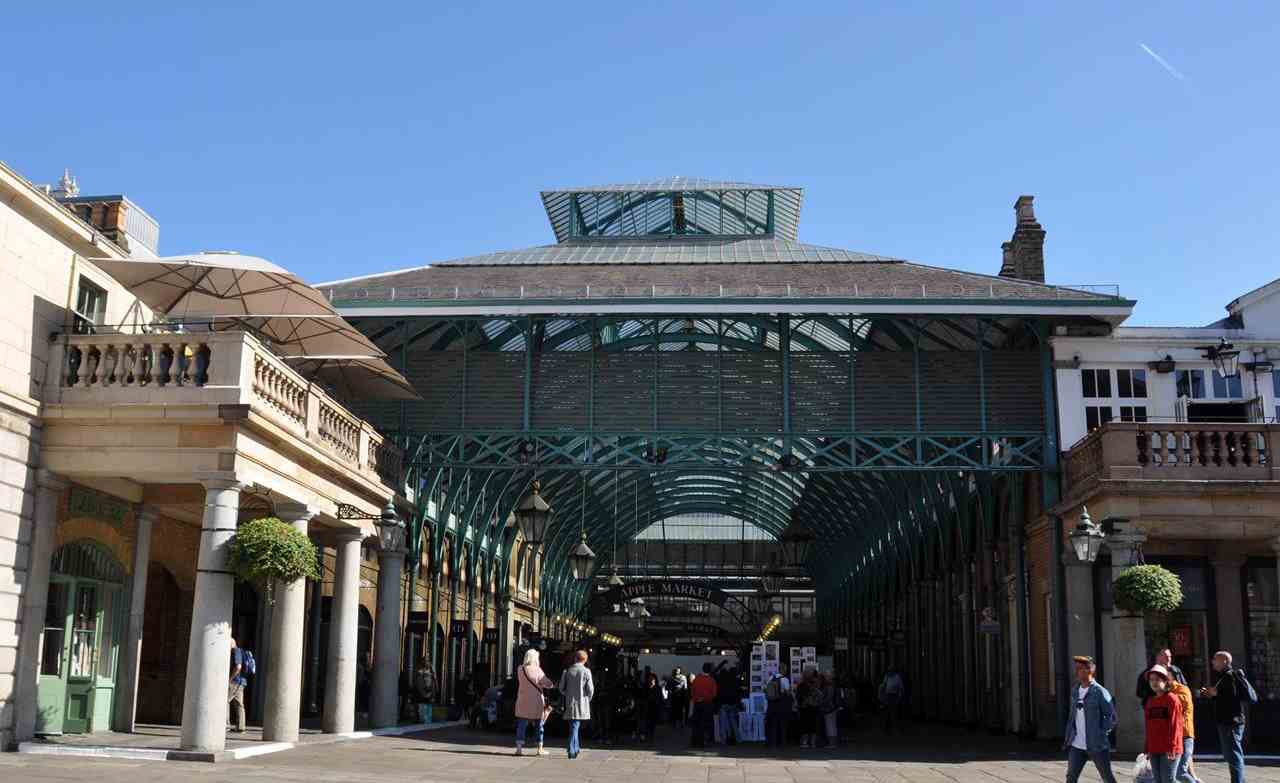

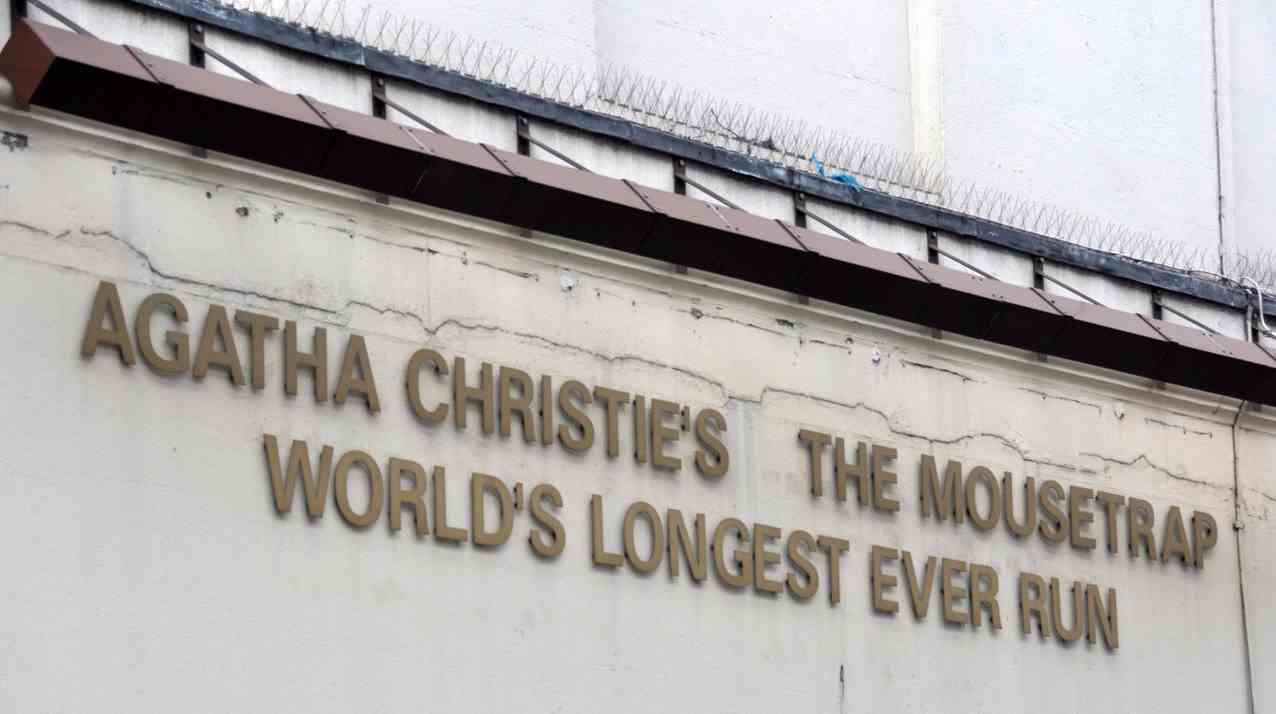
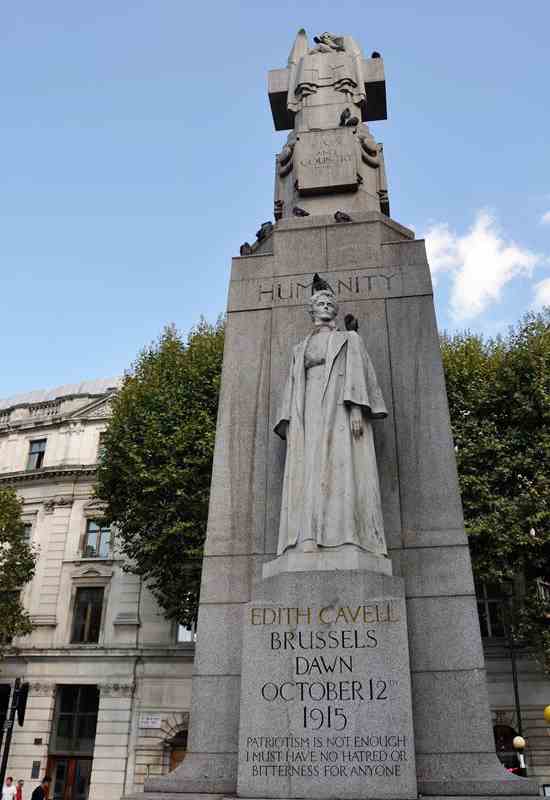
Nelson's column in Trafalgar Square.
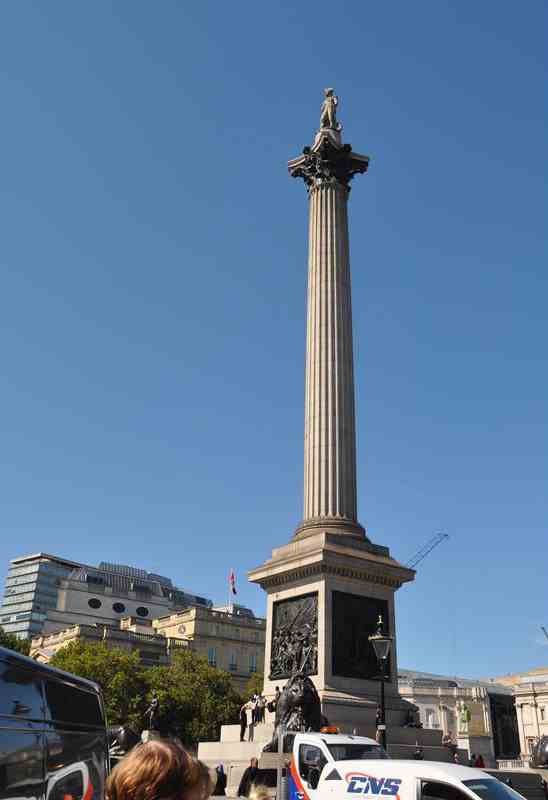
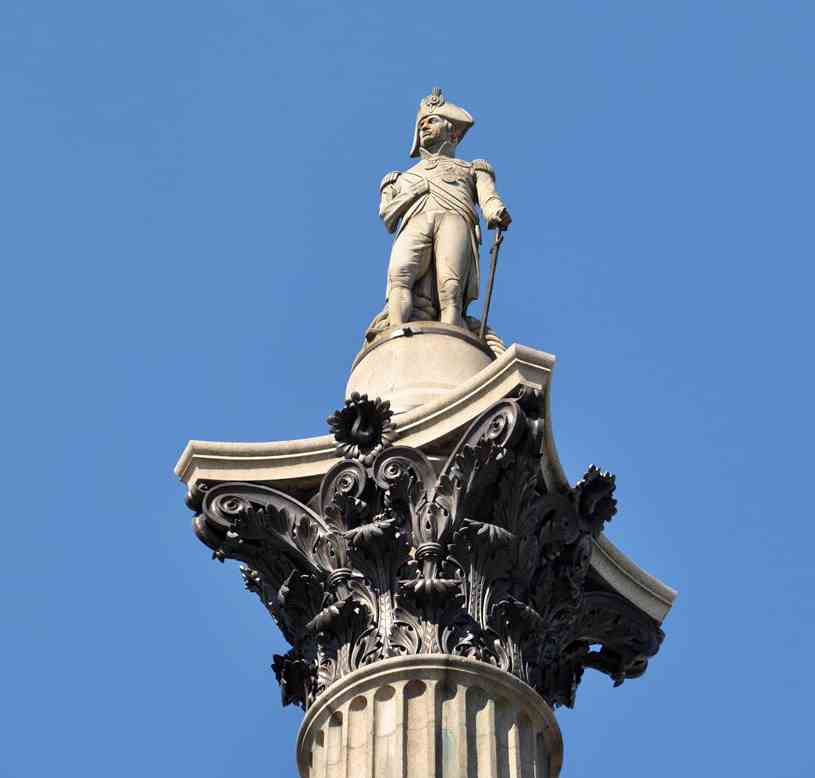
St. Martins in the Field church.
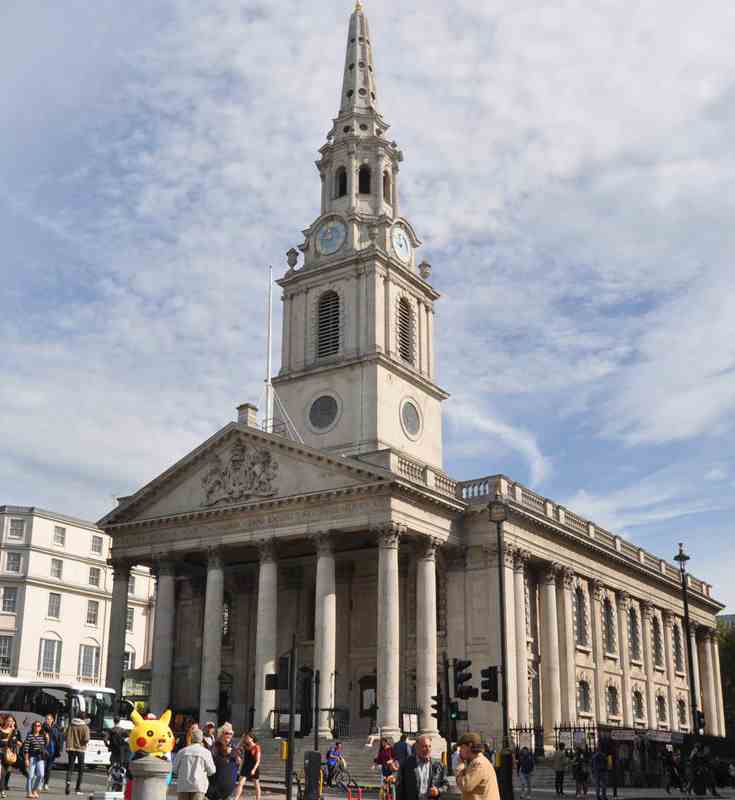
Admiralty Arch, a landmark building in London, incorporates an archway providing road and pedestrian access between Trafalgar Square and The Mall,
which extends to the southwest.
It was commissioned by King Edward VII in memory of his mother, Queen Victoria and completed in 1912.
In the past, it served as the residence of the First Sea Lord of the Admiralty.
Until 2011, the building housed government offices, but in 2012 the government sold a 125-year lease over the building
for redevelopment into a Waldorf Astoria luxury hotel, restaurant and apartments.
The central archway is reserved for use by royalty.
The Latin inscription translates to "In the tenth year of King Edward VII, to Queen Victoria, from most grateful citizens, 1910."


A radio room inside the War Rooms
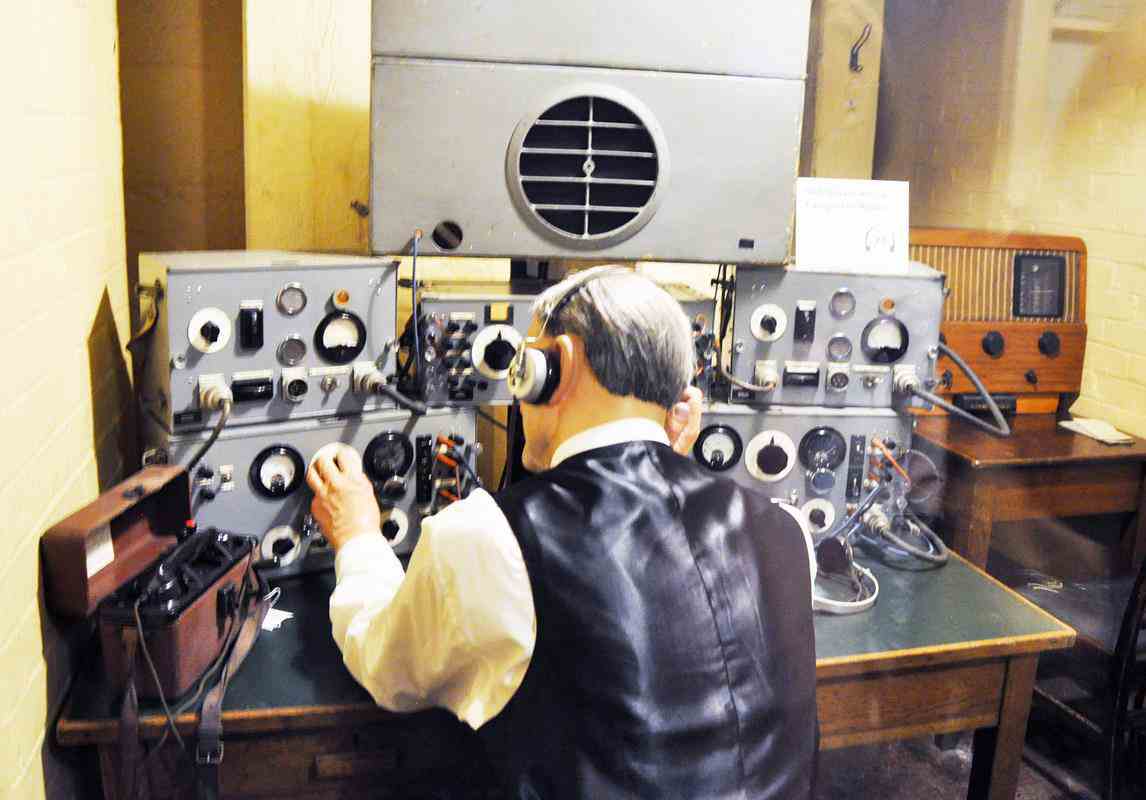
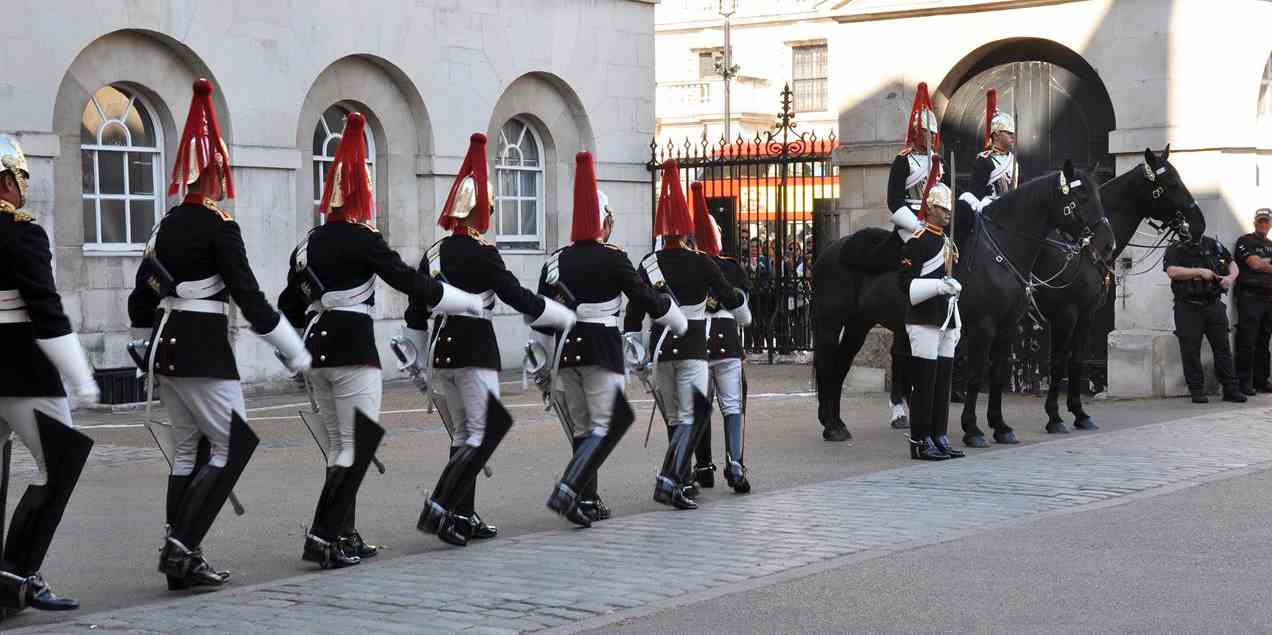
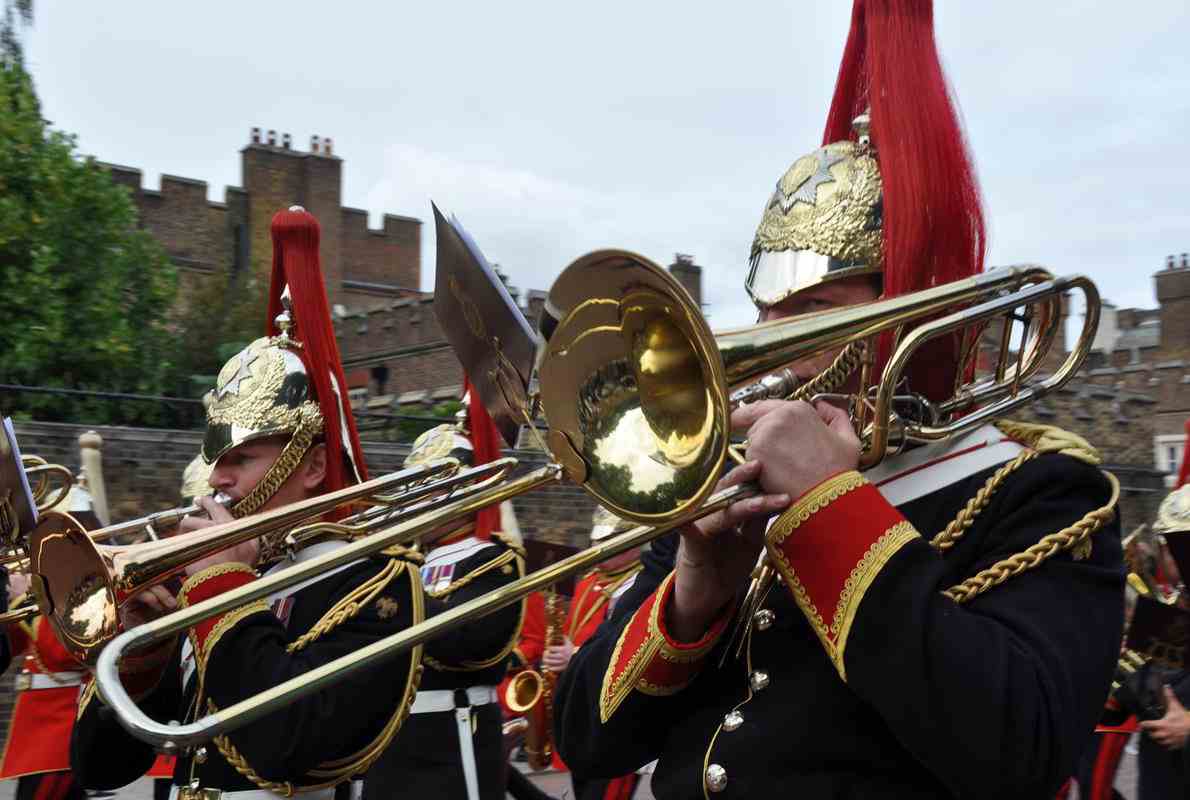
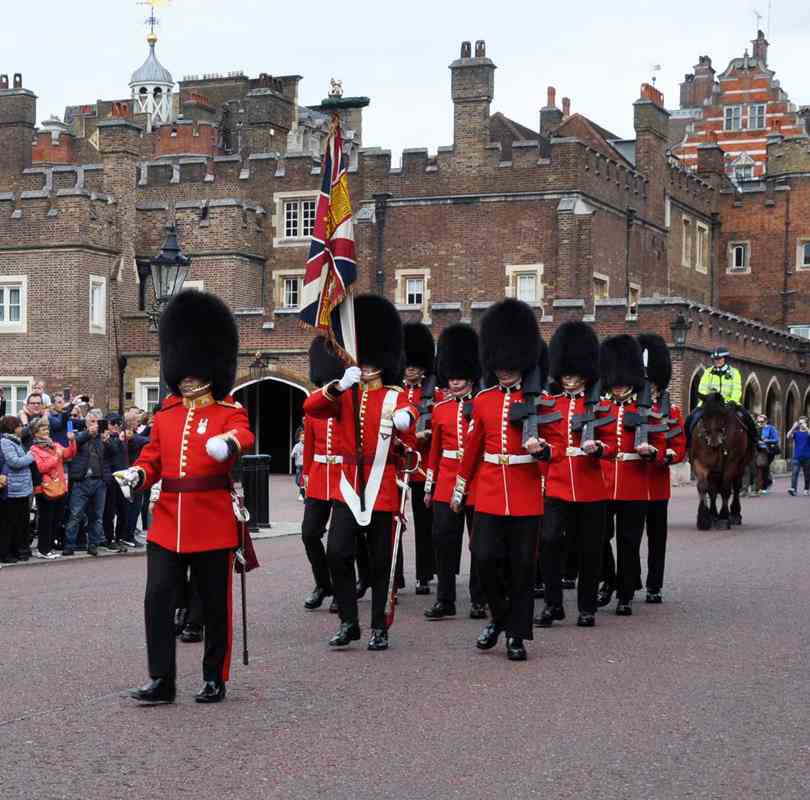

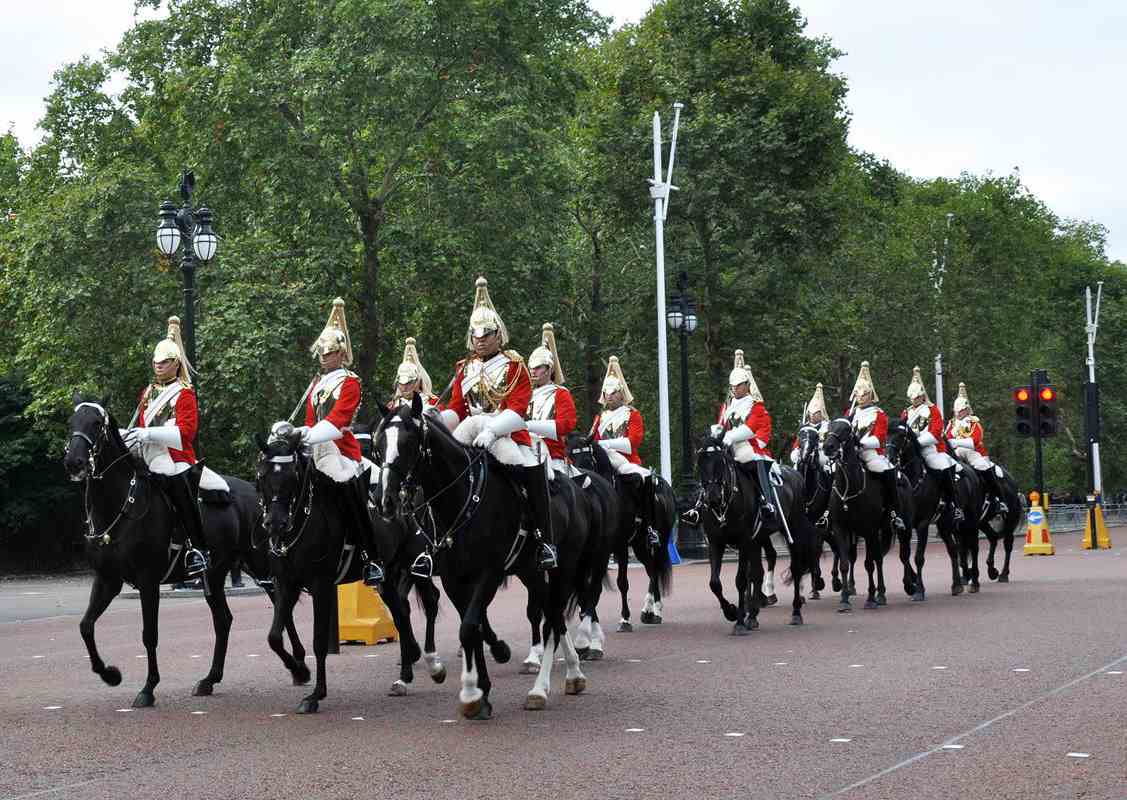
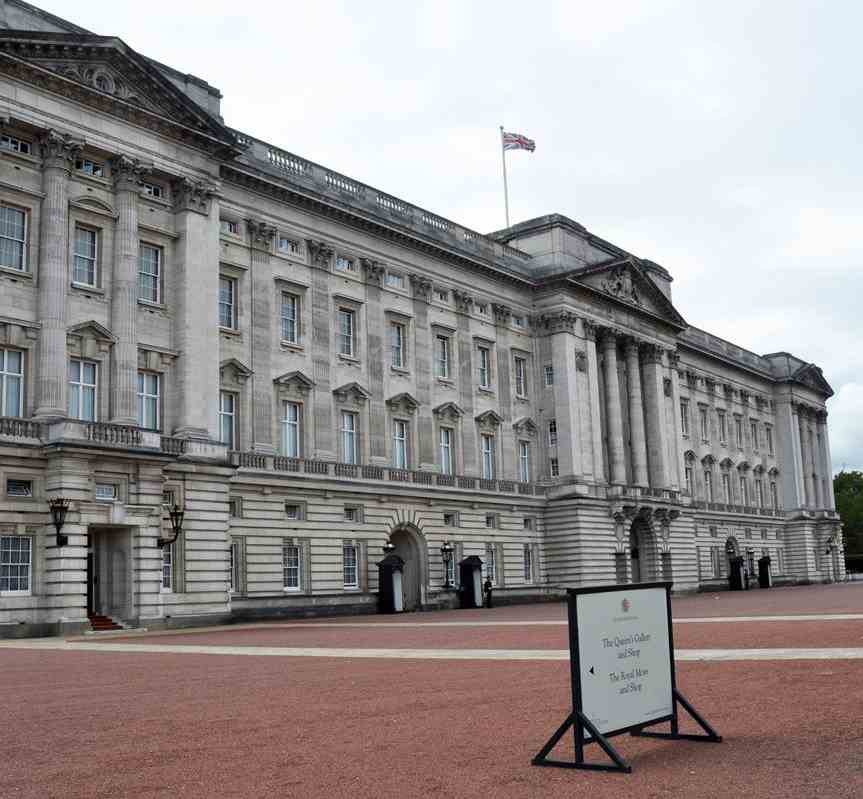
Operatif organised a tour of the inside of Buckingham Palace and the gardens.
At the rear of the palace.
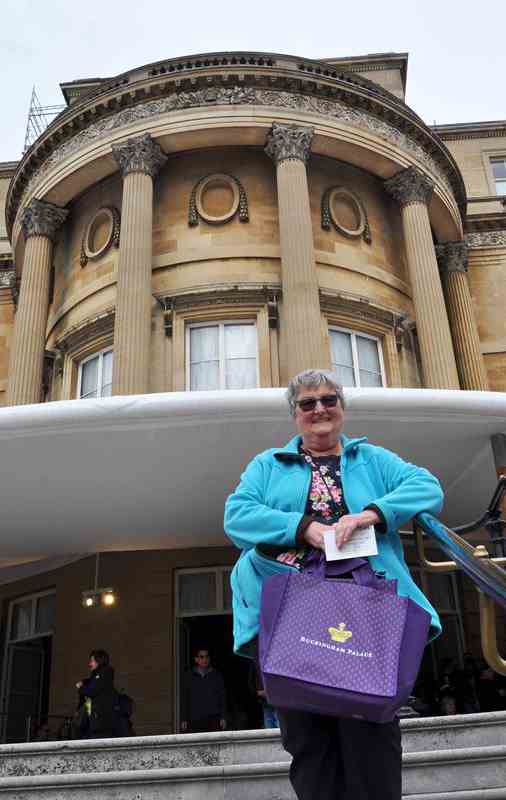
Piccadilly Circus

Pall Mall
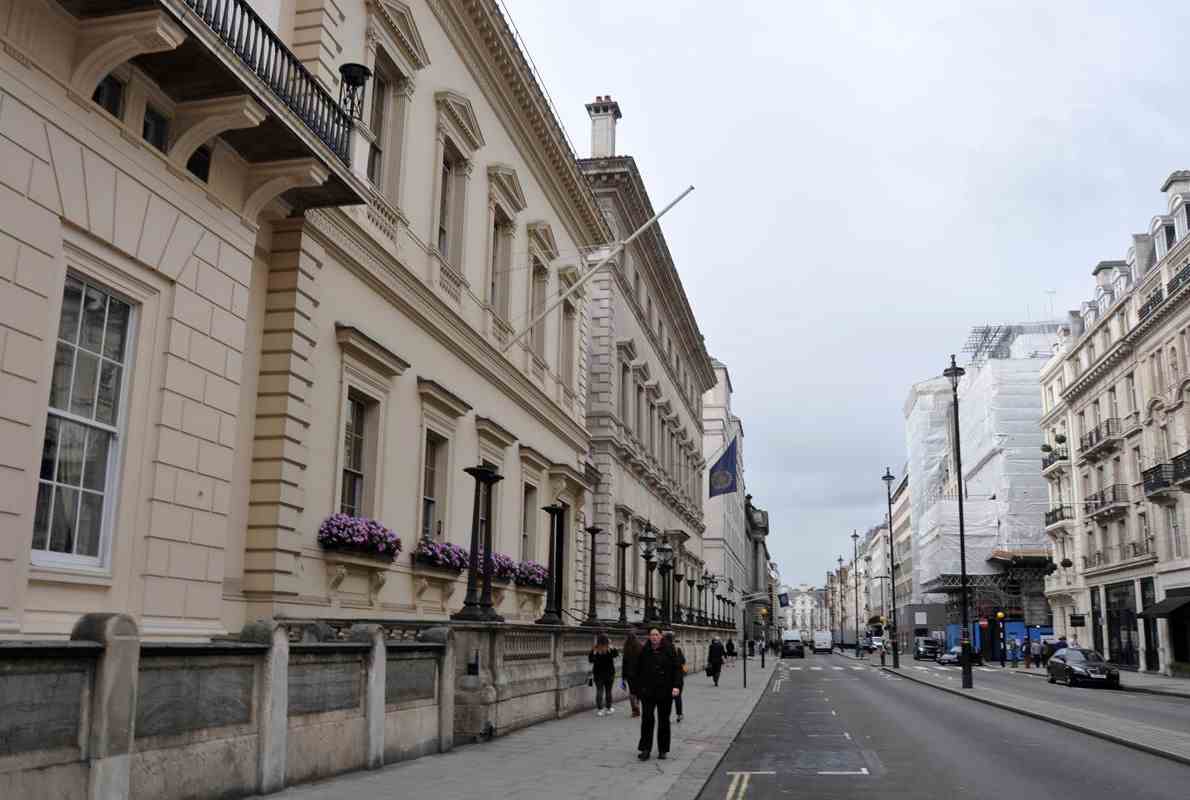
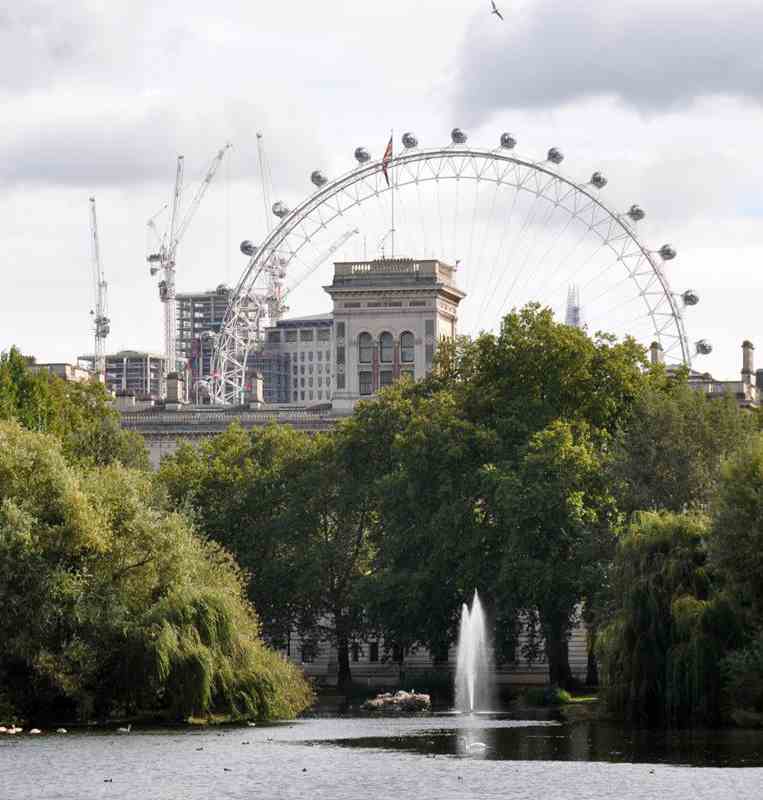

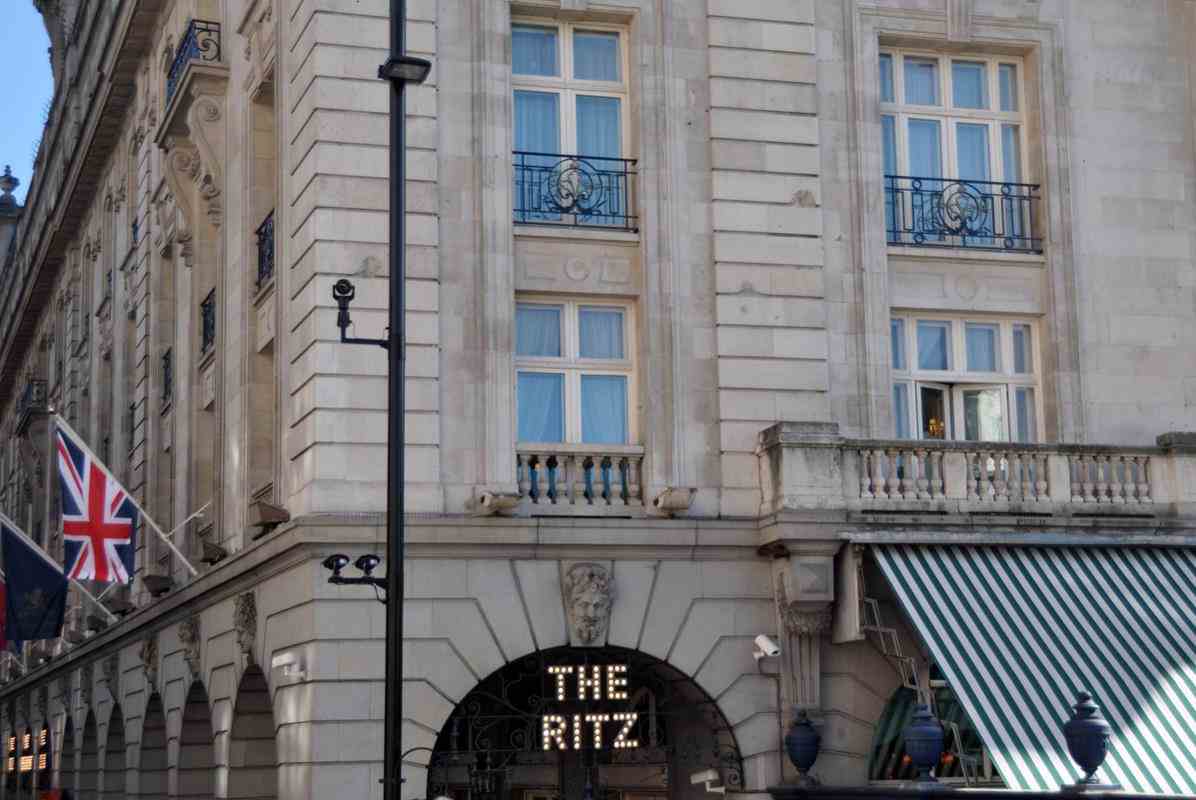
Wellington Arch, also known as Constitution Arch or (originally) the Green Park Arch, is a triumphal arch forming a centrepiece of Hyde Park Corner.
Built nearby between 1826 and 1830, it was moved to the site in 1882–1883.
It once supported an equestrian statue of the 1st Duke of Wellington.
Its designers planned a sculpted dark quadriga, an ancient four-horse chariot — which has been mounted on it since 1912.
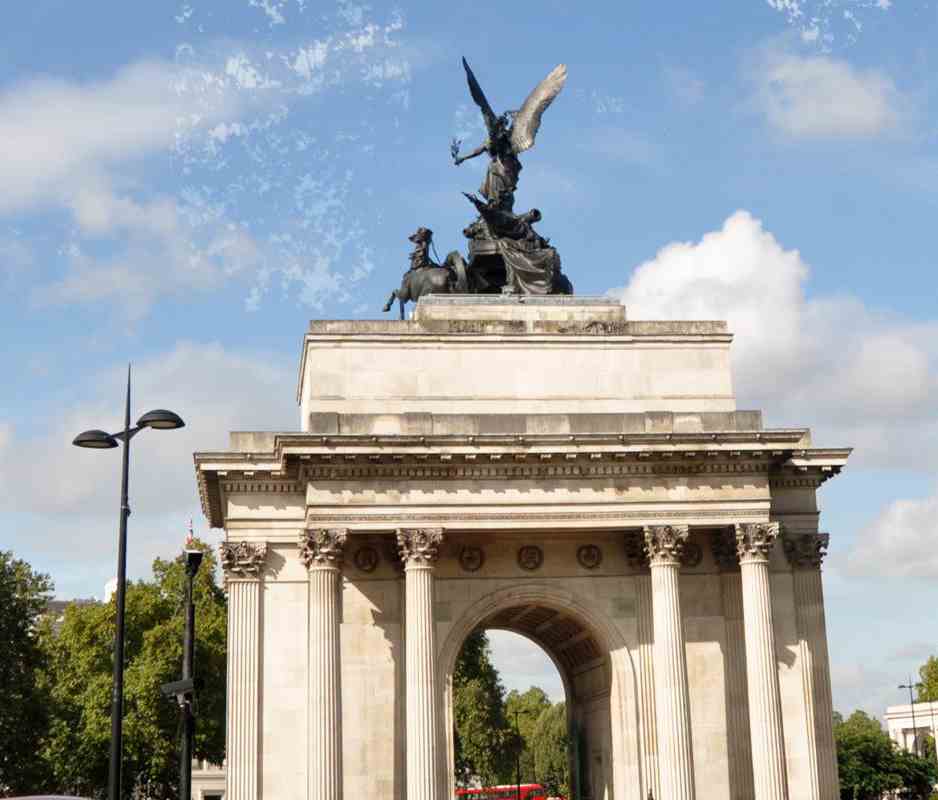
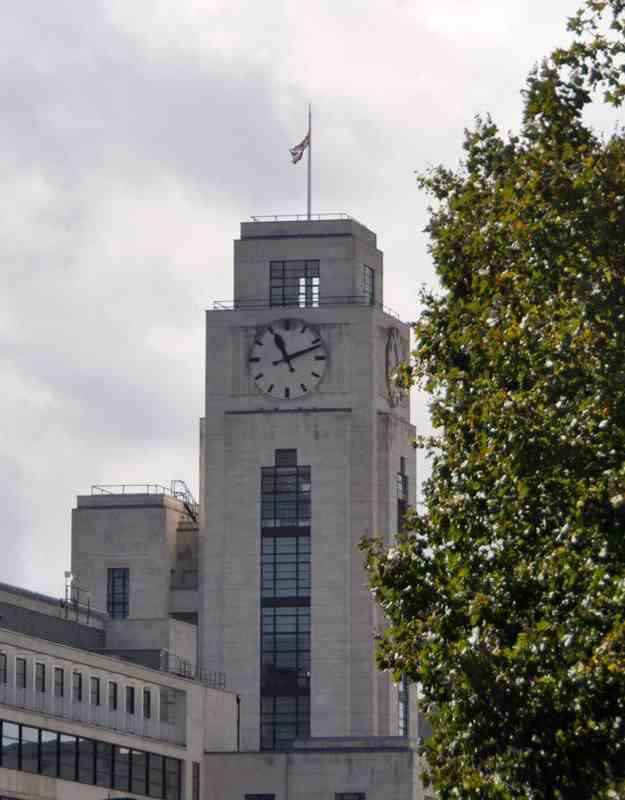
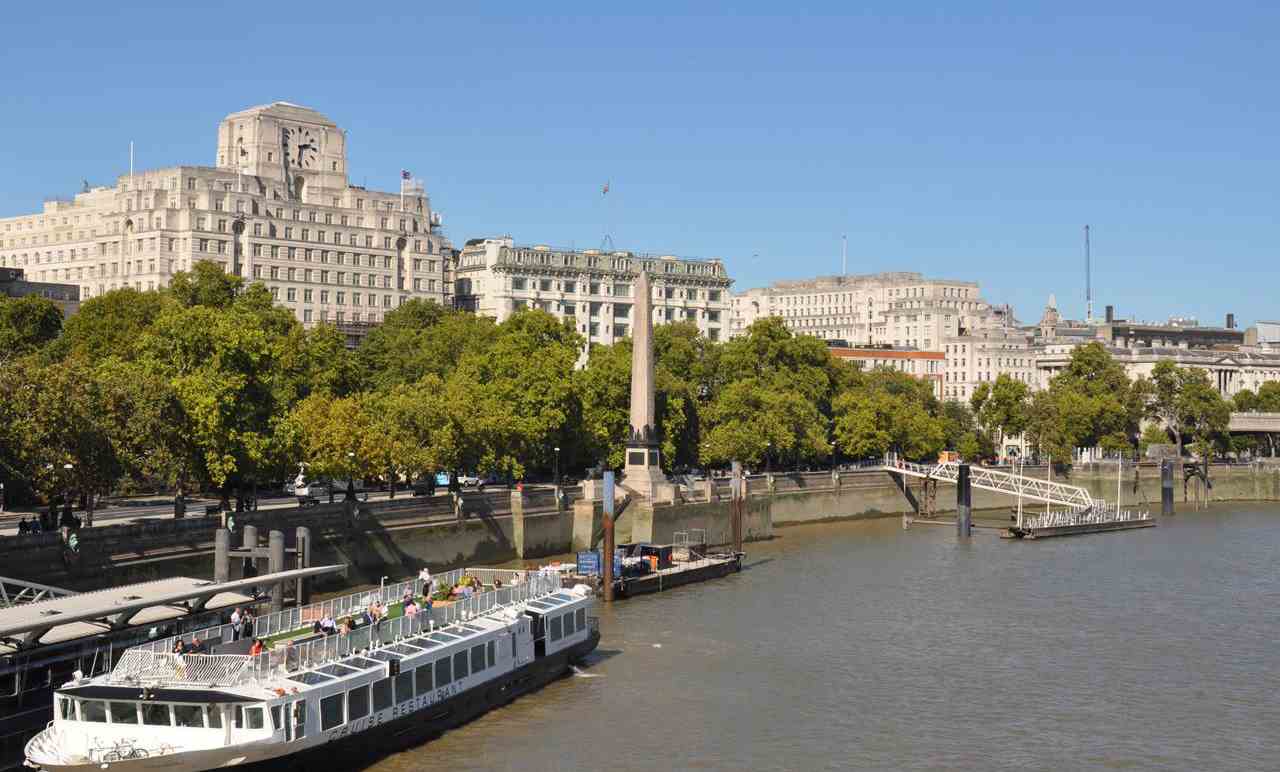
Westminster Abbey



St. Pauls Cathedral
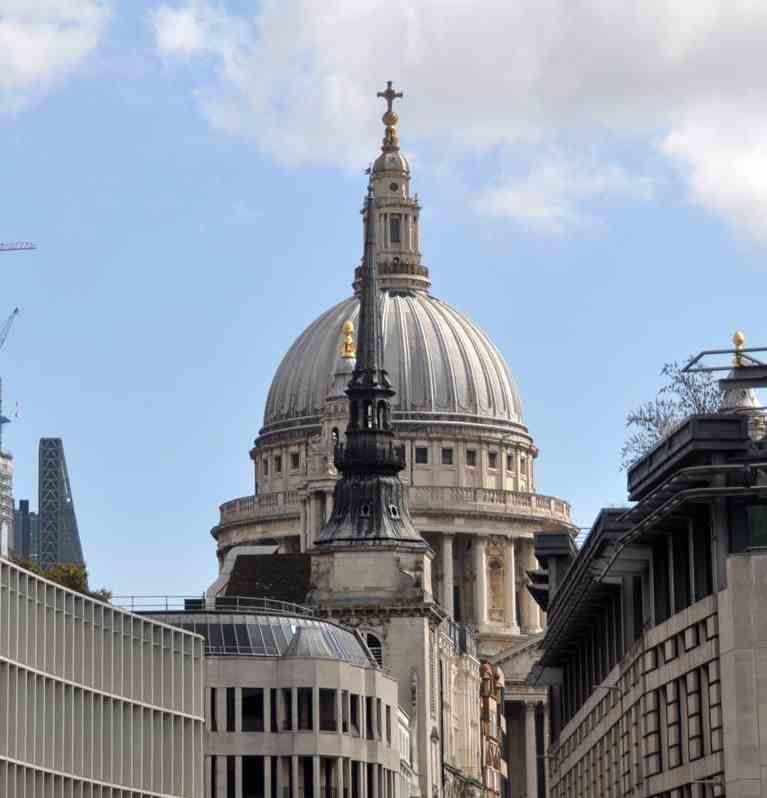
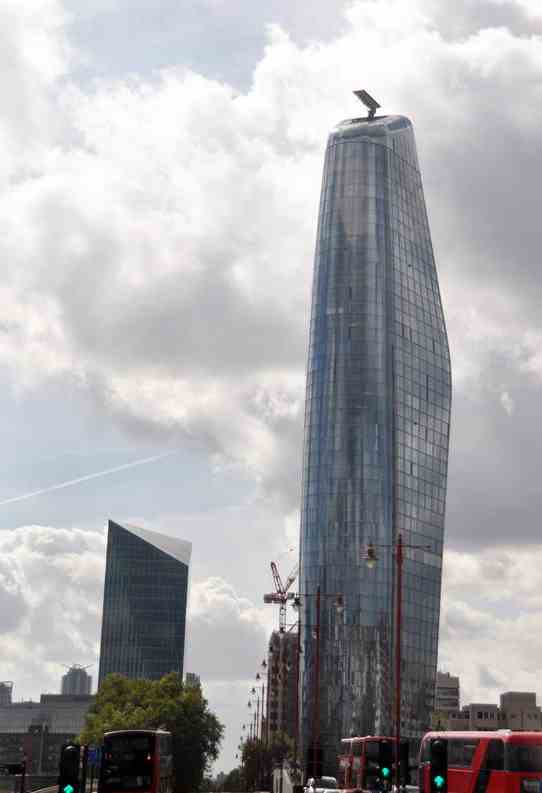
20 Fenchurch Street is a commercial skyscraper in London that takes its name from its address on Fenchurch Street, in the historic City of London financial district.
It has been nicknamed 'The Walkie-Talkie' because of its distinctive shape. Construction was completed in spring 2014.
At 160m tall, the entrance floor and 34 floors of office space are topped by a large viewing deck, bar and restaurants are included on the 35th, 36th and 37th floors.
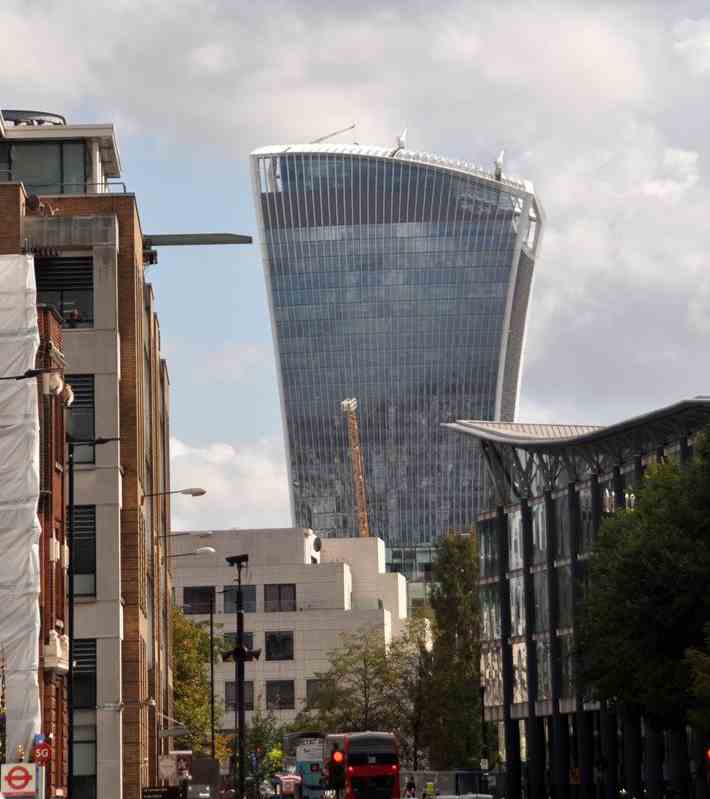

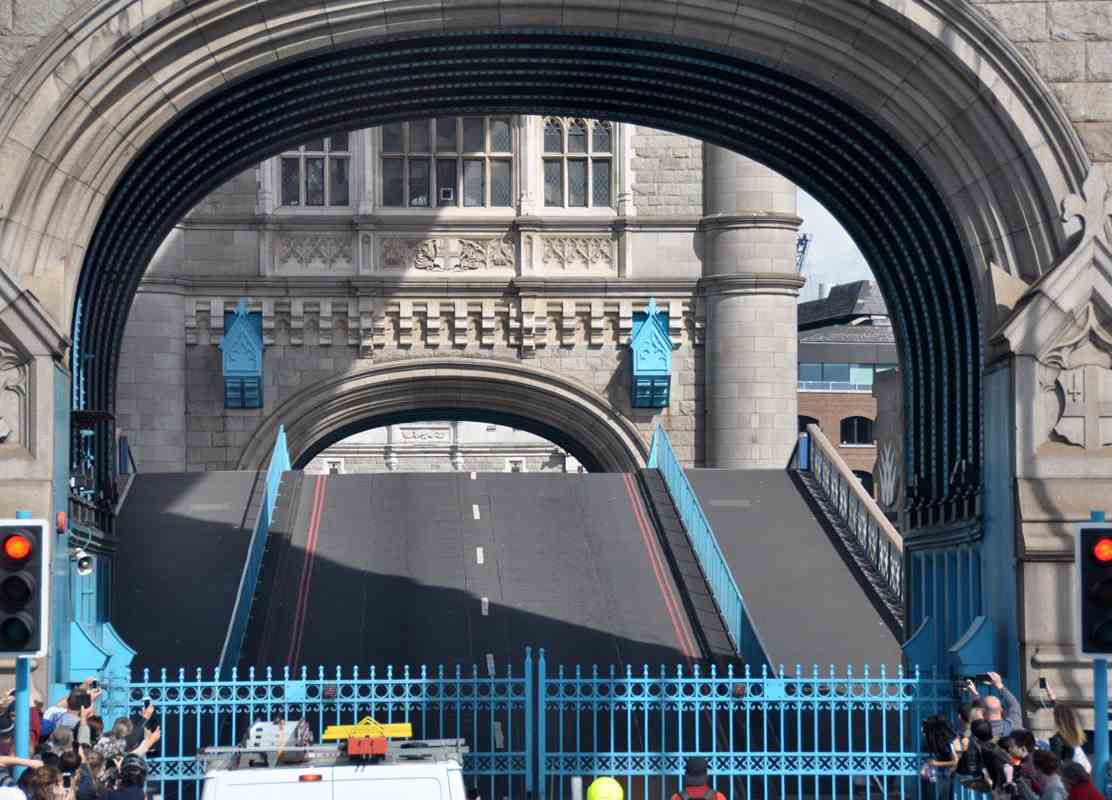
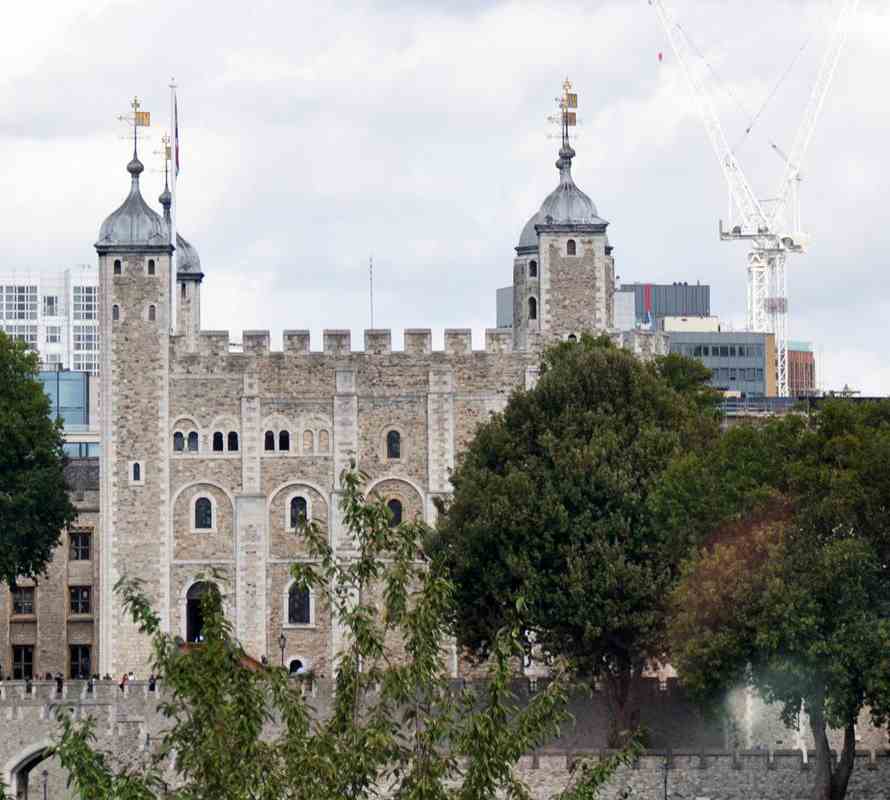

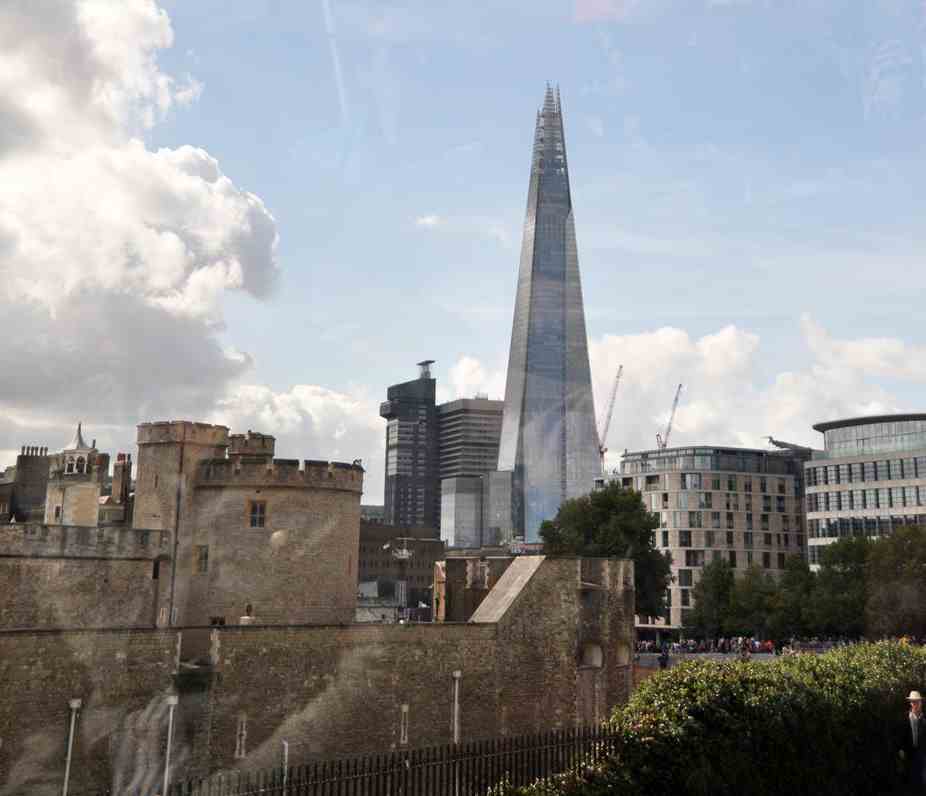
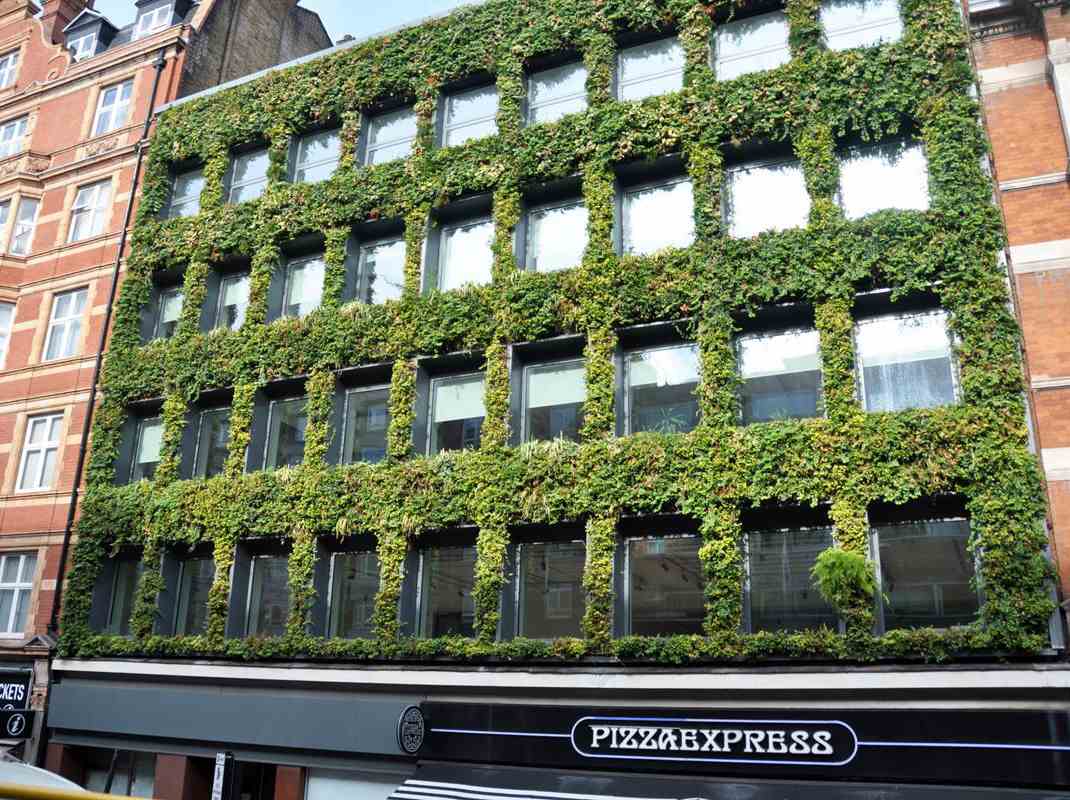
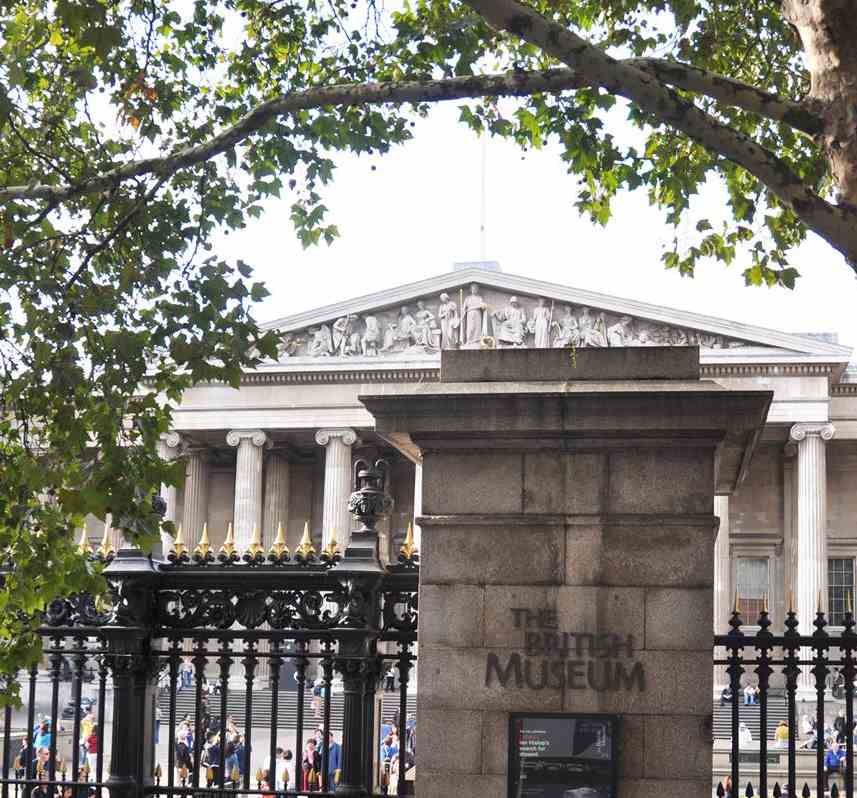
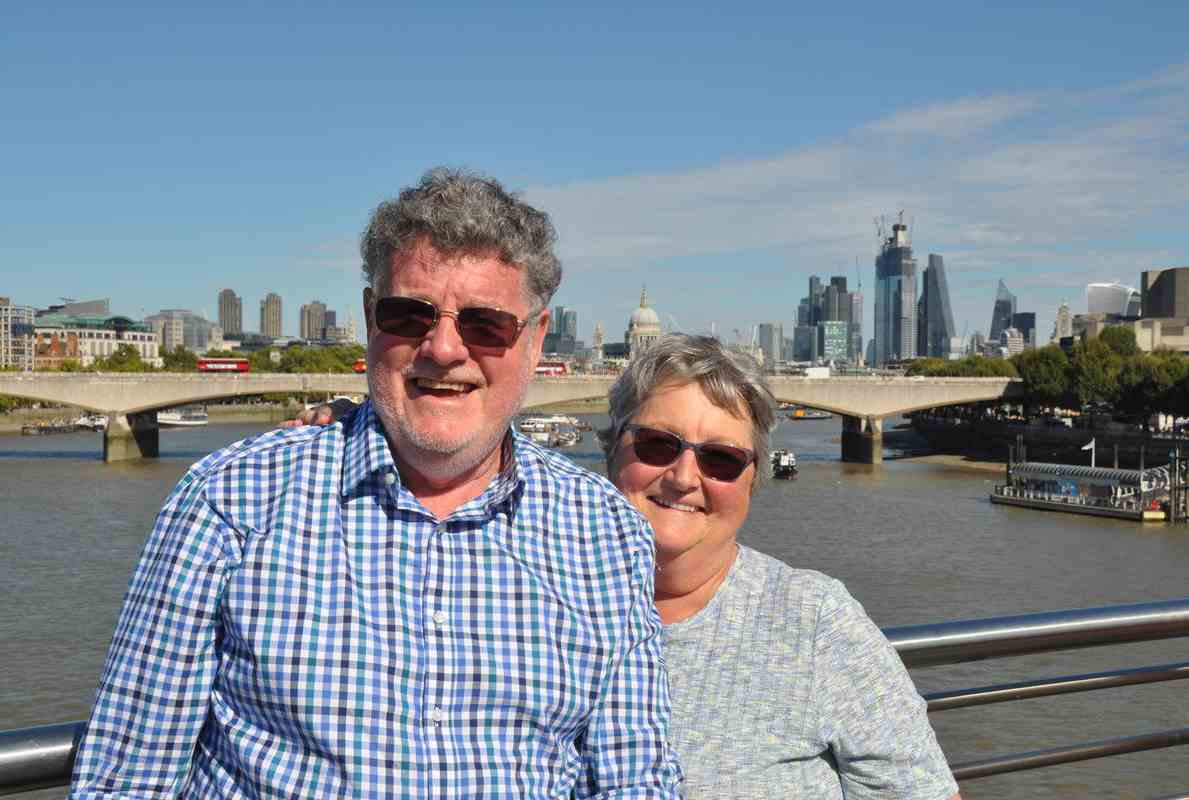
The Royal Festival Hall is a 2,900-seat concert, dance and talks venue within Southbank Centre in London.
It is situated on the South Bank of the River Thames,
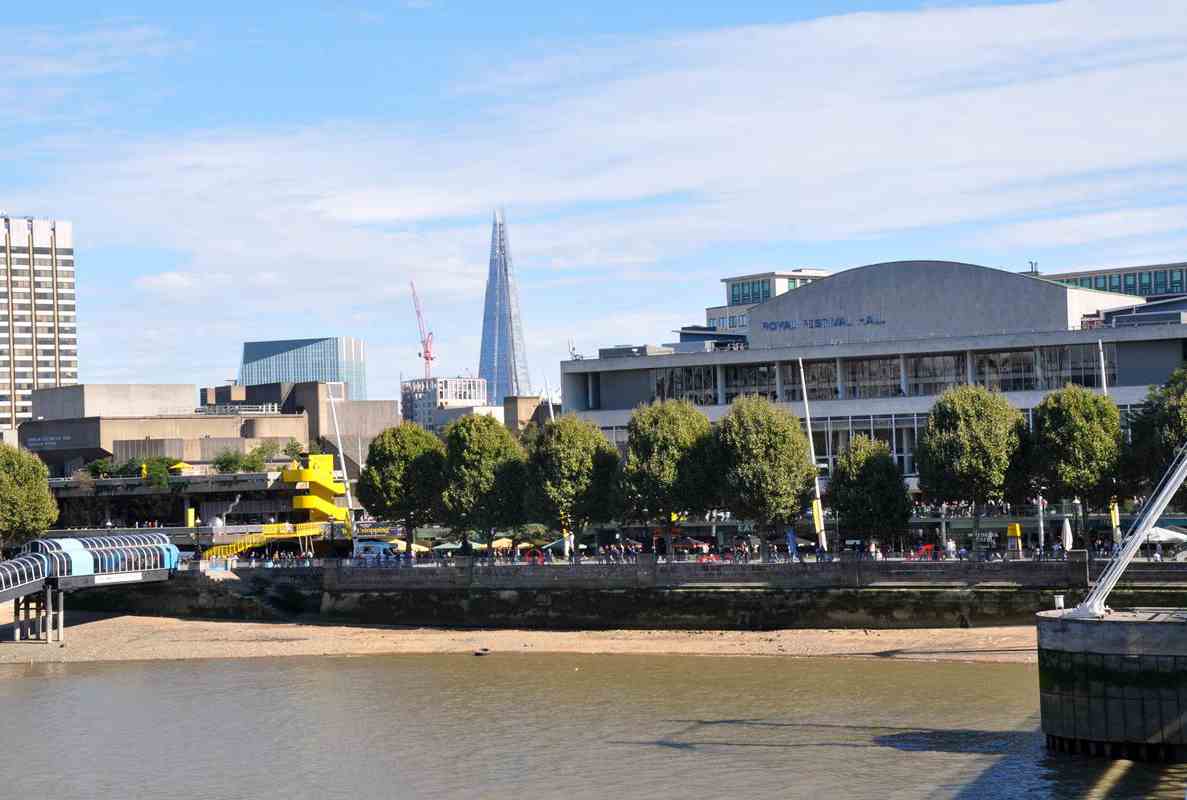
We went to an excellent Tchaikovsky concert in the Queen Elizabeth Hall in the centre.
This was the last of our 8 concerts, plays or shows that Operatif arranged on our Music Lovers Tour of England and Wales.
The fireworks at the end of the 1812 Overtrue.
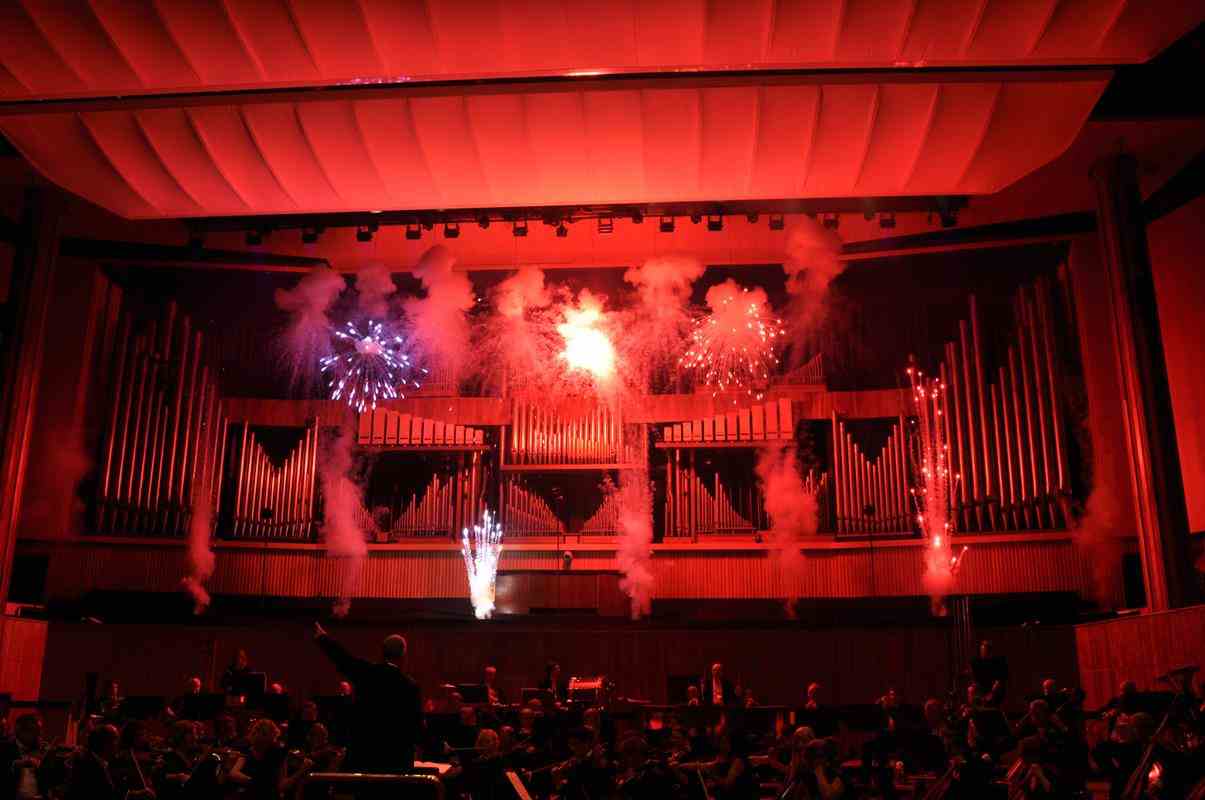
The end of a great Operatif Music-Lovers 4-week tour of England and Wales.
We had a 1-night stopover in Dubai on the way home.
In August - September 2018 we went on the Operatif Music-Lovers 4-week tour of England and Wales.
(Melbourne - Dubai - Heathrow - Bath - Devon - Cardiff - Aberystwyth - Llandudno - Evesham - London - Dubai - Melbourne)

From Dubai we flew to Heathrow and then were bussed to Bath.
The Roman Baths at Bath.

Morning tea in the elaborate Pump Room at the baths.

Romans, Goddesses and Owls
The Roman Baths Temple, built in the 1st century AD, was dedicated to the Roman goddess Minerva, whose animal symbol was the owl of wisdom.
The temple was also dedicated to the local Celtic goddess Sulis. The Roman and Celtic goddesses were then combined to create the unique Bath goddess, Sulis Minerva.
Minerva was the Roman goddess of wisdom, healing and the arts and was linked to the Ancient Greek goddess Athena, whose sacred animal was also an owl.
The Minerva/Athena owl is thought to have been a Little Owl, one of the smallest and most charismatic of the species, still known by its Latin name, Athene Noctua.
The Little Owl was introduced to Britain in the 1880s and can be found living around Bath and the surrounding area.
Unfortunately, Little Owls have decreased by over 60% in recent years.

The Circus, completed in 1768, in Bath.

Royal Cresent, completed in 1774, in Bath.

Highclere Castle was a filming location for the period drama series, Downton Abbey.
While there have been houses on the site since the 9th century, the current building was largely rebuilt for the third Earl of Carnarvon
following a design by Sir Charles Barry in 1839–1842, during his construction of the British Houses of Parliament.
It is in the Jacobethan style and faced in Bath stone


Avebury Stone Circles
Avebury is a Neolithic henge monument containing three stone circles, around the village of Avebury in Wiltshire, in southwest England.
Constructed over several hundred years in the Third Millennium BC, during the Neolithic, or New Stone Age, the monument comprises
a large henge (a bank and a ditch) with a large outer stone circle and two separate smaller stone circles situated inside the centre of the monument.
Its original purpose is unknown, although archaeologists believe that it was most likely used for some form of ritual or ceremony.

Salisbury Cathedral

Bovey Castle
Operatif accommodated us in this luxurious "5-star" hotel on the edge of Dartmoor National Park in Devon for 4 nights.
It was originally built in the 1890s as one the country retreats of the son of William Henry Smith.
W H Smith was the founder of a massive chain of stationery-confectionary, and now convenience, stores.
There is a W H Smith shop in nearly every major airport and railway station in the world.
After major refurbishment in 2008 the "castle" was given 5-star status by the Automobile Association (of Great Britain).


Port Isaac
This small and picturesque fishing village on the Atlantic coast of north Cornwall village served as backdrop to the television series Doc Martin,
where it was called Portwenn.
Outside Doc Martin's surgery.

Clifton Suspension Bridge - Bristol

Tintern Abbey ruins

Thatched stone huts at St. Fagans National Museum of History near Cardiff.

Part of Cardiff Castle

The Pierhead Building in Cardiff was built in 1897 as the headquarters for the Bute Dock Company.
It became the administrative office for the Port of Cardiff in 1947.
The building re-opened in 2010 as a visitor and education centre for the National Assembly.

St. David's Cathedral
The monastic community was founded by Saint David, Abbot of Menevia, who died in 589.
Between 645 and 1097, the community was attacked many times by raiders, including the Vikings, however it was of such note as both a religious and intellectual centre
that King Alfred summoned help from the monastic community at St Davids in rebuilding the intellectual life of the Kingdom of Wessex.
In 1081, William the Conqueror visited St Davids to pray, and thus recognised it as a holy and respected place.
The present cathedral was begun in 1181 and completed not long after.
Problems beset the new building and the community in its infancy, the collapse of the new tower in 1220 and earthquake damage in 1247/48.
The establishment of the Commonwealth of England under Oliver Cromwell had great effect on many cathedrals and churches, particularly felt in St Davids.
The cathedral was all but destroyed by Cromwell’s forces and the lead was stripped from the Bishops Palace roof.
The Welsh architect John Nash was commissioned to restore the west front in 1793 to repair the damage done two hundred years previously.

Aberystwyth
Aberystwyth (literally "Mouth of the Ystwyth") is an ancient market town, administrative centre,
community, and holiday resort on the northern coast of Wales.
It is also a major Welsh educational centre, with the establishment of a university there in 1872.
During nine months of the year, there is a massive influx of students.


Conwy Castle
Conwy Castle, a medieval fortification in Conwy, on the north coast of Wales,
was built by Edward I, during his conquest of Wales, between 1283 and 1289.
It was constructed as part of a wider project to create the walled town of Conwy.
Over the next few centuries, the castle played an important part in several wars.
Following the outbreak of the English Civil War in 1642, the castle was held by forces loyal to Charles I,
holding out until 1646 when it surrendered to the Parliamentary armies.
In the aftermath the castle was partially damaged by Parliament to prevent it being used in any further revolt,
and was finally completely ruined in 1665 when its remaining iron and lead was stripped and sold off.

Llandudno
We stayed 2 nights at Llandudno in northern Wales.
The town's name is derived from its patron saint, Saint Tudno.
Llandudno is the largest seaside resort in Wales


Powis Castle
Unlike the case of other castles in Wales (we visited Conwy Castle), which were all built by the English to subdue the Welsh,
Powis Castle was built by a Welsh prince in the thirteenth century.
Following the end of the Welsh Wars (1282) and for his loyalty to Edward I, the King permitted Owain Gruffydd ap Gwenwynwyn to begin building Powis Castle circa 1283. Owain's later descendant, an illegitimate son of the last Baron Grey of Powis, sold the lordship and castle to a distant relative - Sir Edward Herbert (d. 1595).
The castle passed on to Robert Clive's son, Edward when the latter married Henrietta, a descendant of the original owners,
and took the surname of Herbert for himself and his descendants.


Shrewsbury
We crossed over from Wales into England and stopped in Shrewsbury for lunch.

Stratford - on - Avon

The rear of Shakespeare's birthplace.

Inside Holy Trinity Church at Stratford.


Evesham
Evesham is situated on the Avon River about 25km downstream from Stratford-on-Avon.
We spent 4 nights here while we visited sights in The Cotswolds and Stratford.


Broadway
Often referred to as the "Jewel of The Cotswolds", the village of Broadway, is visited by lots of tourists.
The "broad way" is the wide grass-fringed main street, centred on the Green,
which is lined with red chestnut trees and honey-coloured Cotswold limestone buildings, many dating from the 16th century.
The village is known for its association with the Arts and Crafts movement.

Chavenge House
Chavenage House is an Elizabethan era house in the Cotswolds area of Gloucestershire, England.
The house was built in 1576 and is constructed of Cotswold stone, with a Cotswold stone tiled roof.
Edward Stephens built the house, adding large windows to the south of the porch,
much of the glass being obtained from redundant churches and monasteries in the area.
On Edward's death, the estate passed to his son Richard and, on his death, to his second wife Anne, before his eldest son Nathaniel Stephens inherited it.
During the Civil War, Nathaniel Stephens raised troops and supported the Roundheads, and later became a member of Oliver Cromwell's parliament.
Cromwell visited Chavenage House, and Stephens supported his planned regicide, and although he was not one of the signatories of Charles I's death warrant,
he is nevertheless said to have died of remorse soon afterwards.
It is also recounted that on the day of the Nathaniel's death, his ghost was seen leaving the house in a coach driven
by a headless coachman dressed like the hapless king.
The house is reputed to be one of the nation's most haunted homes.
Some scenes of the current series of Poldark were being filmed here.

The chapel at Chavenage House.

Blenheim Palace
Blenheim Palace is a monumental country house in Blenheim, Oxfordshire, England.
It is the principal residence of the Dukes of Marlborough.
The palace, one of England's largest houses, was built between 1705 and 1722, and designated a UNESCO World Heritage Site in 1987.
The palace is named for the 1704 Battle of Blenheim, and thus ultimately after Blindheim (also known as Blenheim) in Bavaria.
It was a reward to John Churchill, 1st Duke of Marlborough for his military triumphs against the French and Bavarians
in the War of the Spanish Succession, culminating in the Battle of Blenheim.
Following the palace's completion, it became the home of the Churchill (later Spencer-Churchill) family for the next 300 years.
Various members of the family have wrought changes to the interiors, park and gardens of the palace.
At the end of the 19th century, the palace was saved from ruin by funds gained from the 9th Duke of Marlborough's marriage
to American railroad heiress, Consuelo Vanderbilt.
Winston Churchill was born here in 1874 and it was his ancestral home;



Windsor Castle
Originally designed to protect Norman dominance around the outskirts of London, and oversee a strategically important part of the River Thames,
Windsor Castle has had a long association with the English and later British royal family.
The original castle was built in the 11th century after the Norman invasion of England by William the Conqueror.
Since the time of Henry I, it has been used by the reigning monarch and is the longest-occupied palace in Europe.
George III and George IV renovated and rebuilt Charles II's palace at colossal expense, producing the current design of the State Apartments,
full of Rococo, Gothic and Baroque furnishings.
Queen Victoria made a few minor changes to the castle, which became the centre for royal entertainment for much of her reign.
It is the preferred weekend home of Elizabeth II.



It is near Heathrow.

St George's castle chapel at Windsor Castle was established in the 14th century by King Edward III and began extensive enlargement in the late 15th century.


London
Operatif accommodated us at the Radisson Blu Edwardian Hotel in the Seven Dials area of London for 5 nights.
It was right in the heart of the Theatre District and an easy walk to Covent Garden and Trafalgar Square.



Covent Garden Opera House



The market now houses upmarket shops and restaurants.




Nelson's column in Trafalgar Square.


St. Martins in the Field church.

Admiralty Arch, a landmark building in London, incorporates an archway providing road and pedestrian access between Trafalgar Square and The Mall,
which extends to the southwest.
It was commissioned by King Edward VII in memory of his mother, Queen Victoria and completed in 1912.
In the past, it served as the residence of the First Sea Lord of the Admiralty.
Until 2011, the building housed government offices, but in 2012 the government sold a 125-year lease over the building
for redevelopment into a Waldorf Astoria luxury hotel, restaurant and apartments.
The central archway is reserved for use by royalty.
The Latin inscription translates to "In the tenth year of King Edward VII, to Queen Victoria, from most grateful citizens, 1910."


A radio room inside the War Rooms







Operatif organised a tour of the inside of Buckingham Palace and the gardens.
At the rear of the palace.

Piccadilly Circus

Pall Mall




Wellington Arch, also known as Constitution Arch or (originally) the Green Park Arch, is a triumphal arch forming a centrepiece of Hyde Park Corner.
Built nearby between 1826 and 1830, it was moved to the site in 1882–1883.
It once supported an equestrian statue of the 1st Duke of Wellington.
Its designers planned a sculpted dark quadriga, an ancient four-horse chariot — which has been mounted on it since 1912.



Westminster Abbey



St. Pauls Cathedral


20 Fenchurch Street is a commercial skyscraper in London that takes its name from its address on Fenchurch Street, in the historic City of London financial district.
It has been nicknamed 'The Walkie-Talkie' because of its distinctive shape. Construction was completed in spring 2014.
At 160m tall, the entrance floor and 34 floors of office space are topped by a large viewing deck, bar and restaurants are included on the 35th, 36th and 37th floors.









The Royal Festival Hall is a 2,900-seat concert, dance and talks venue within Southbank Centre in London.
It is situated on the South Bank of the River Thames,

We went to an excellent Tchaikovsky concert in the Queen Elizabeth Hall in the centre.
This was the last of our 8 concerts, plays or shows that Operatif arranged on our Music Lovers Tour of England and Wales.
The fireworks at the end of the 1812 Overtrue.

The end of a great Operatif Music-Lovers 4-week tour of England and Wales.
We had a 1-night stopover in Dubai on the way home.